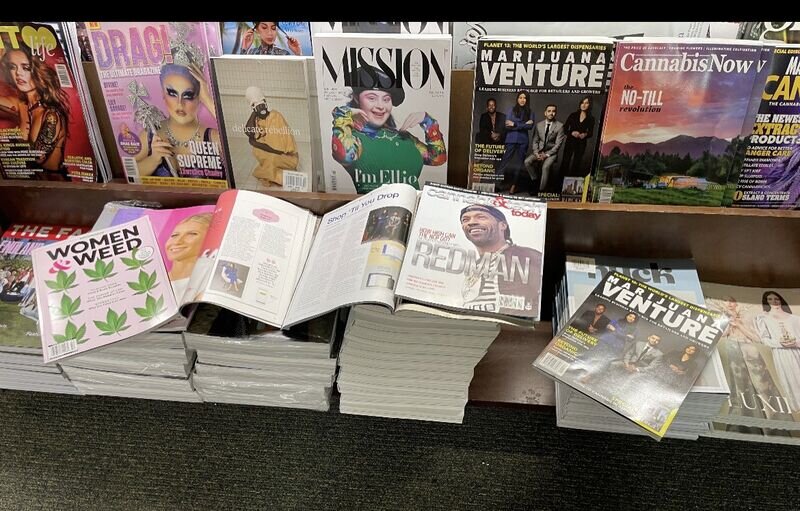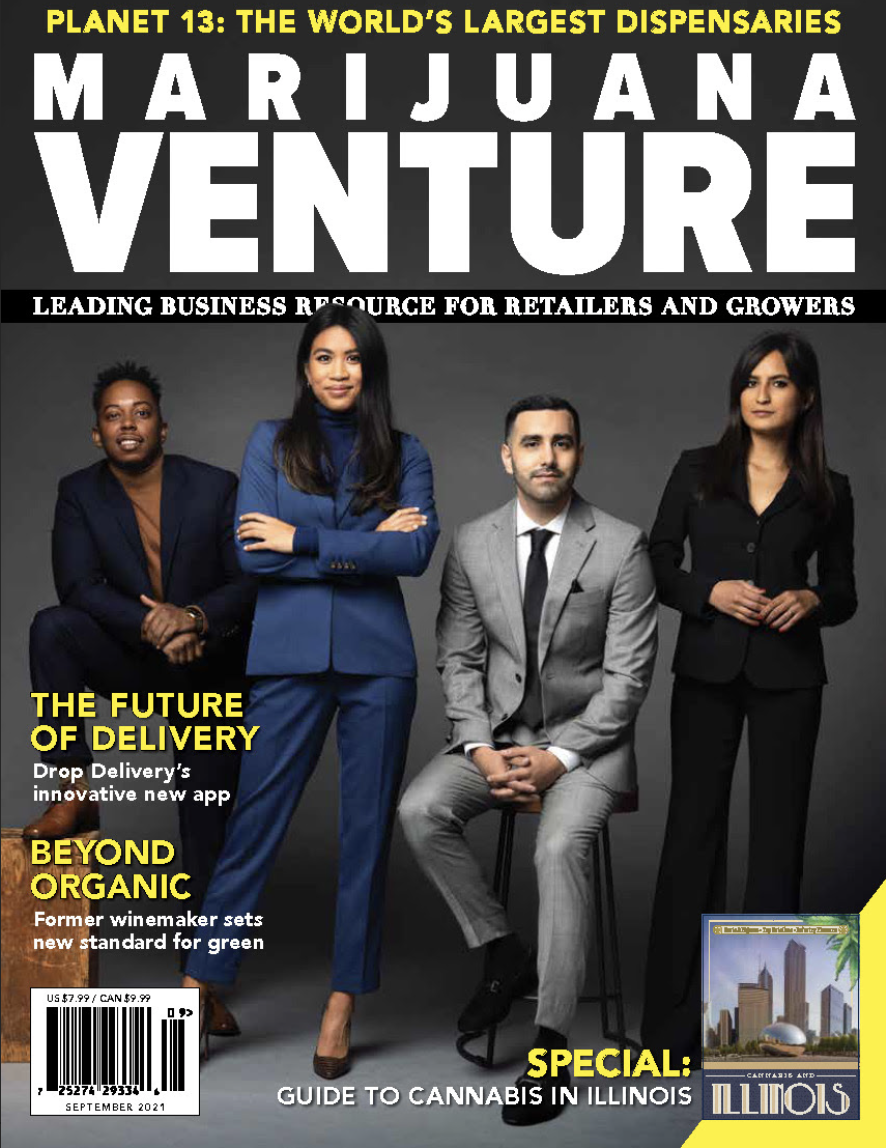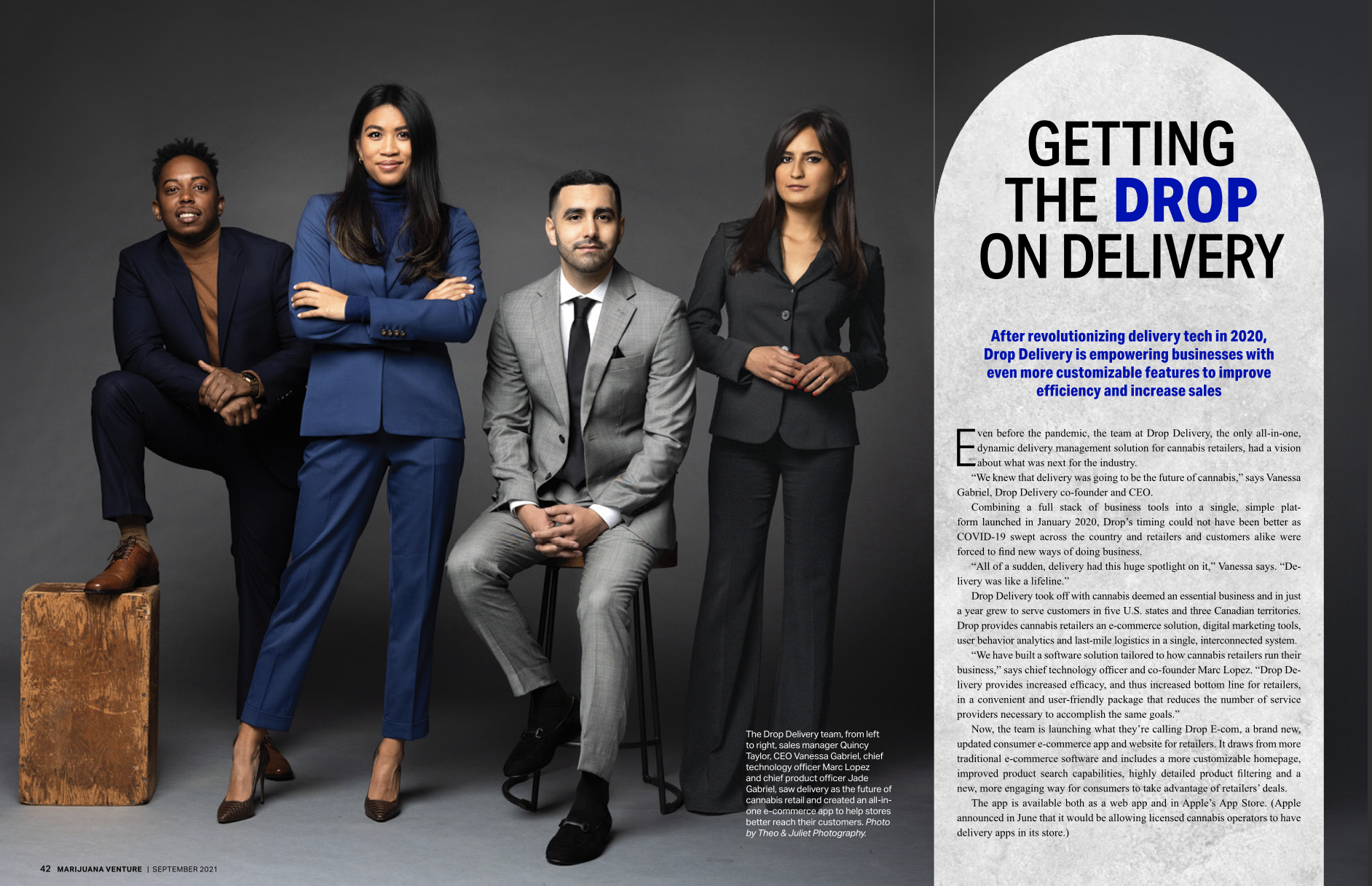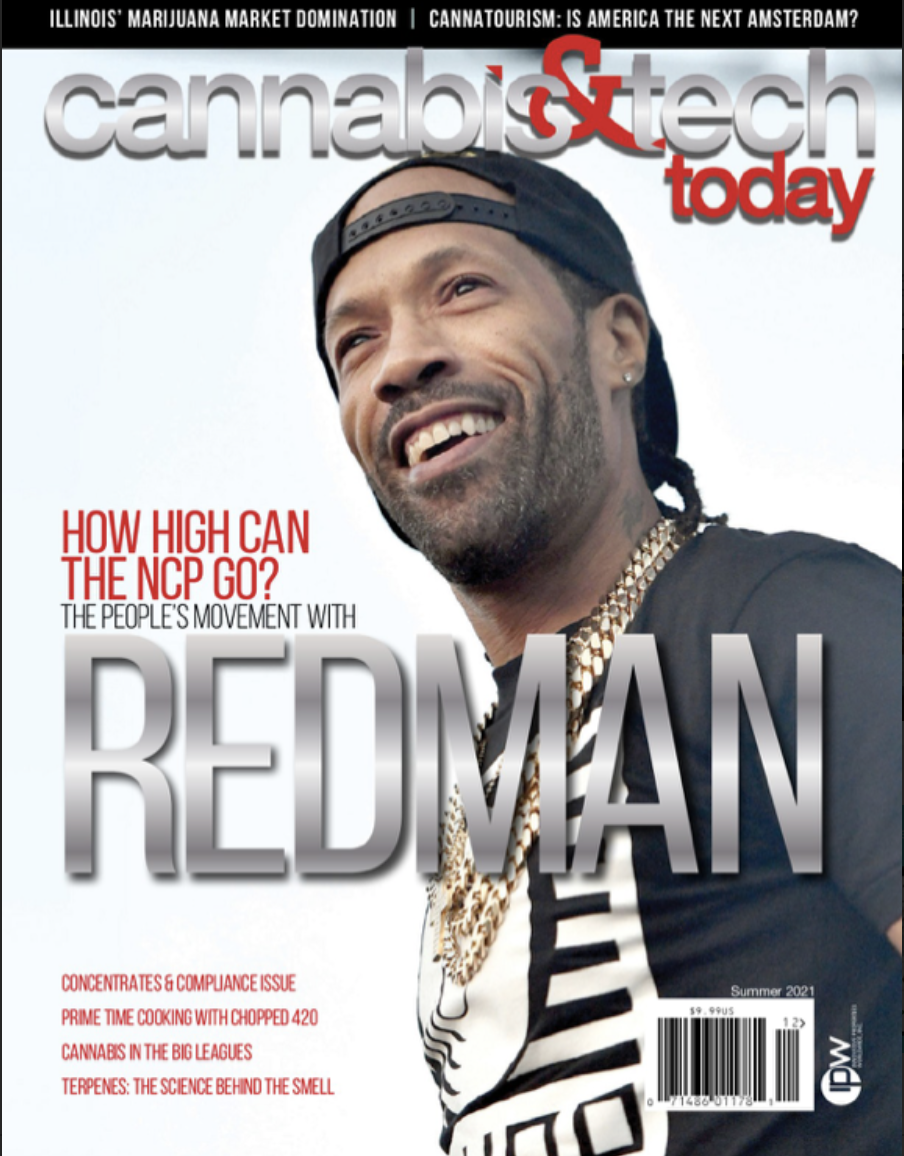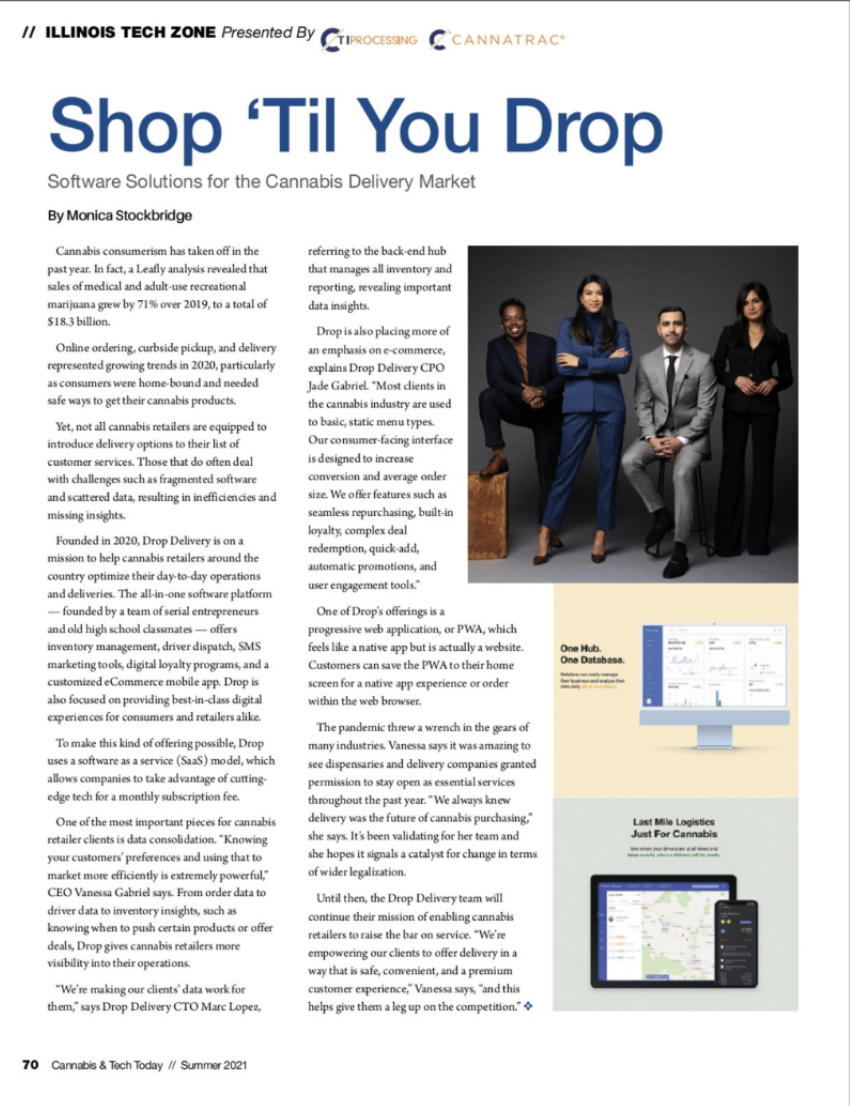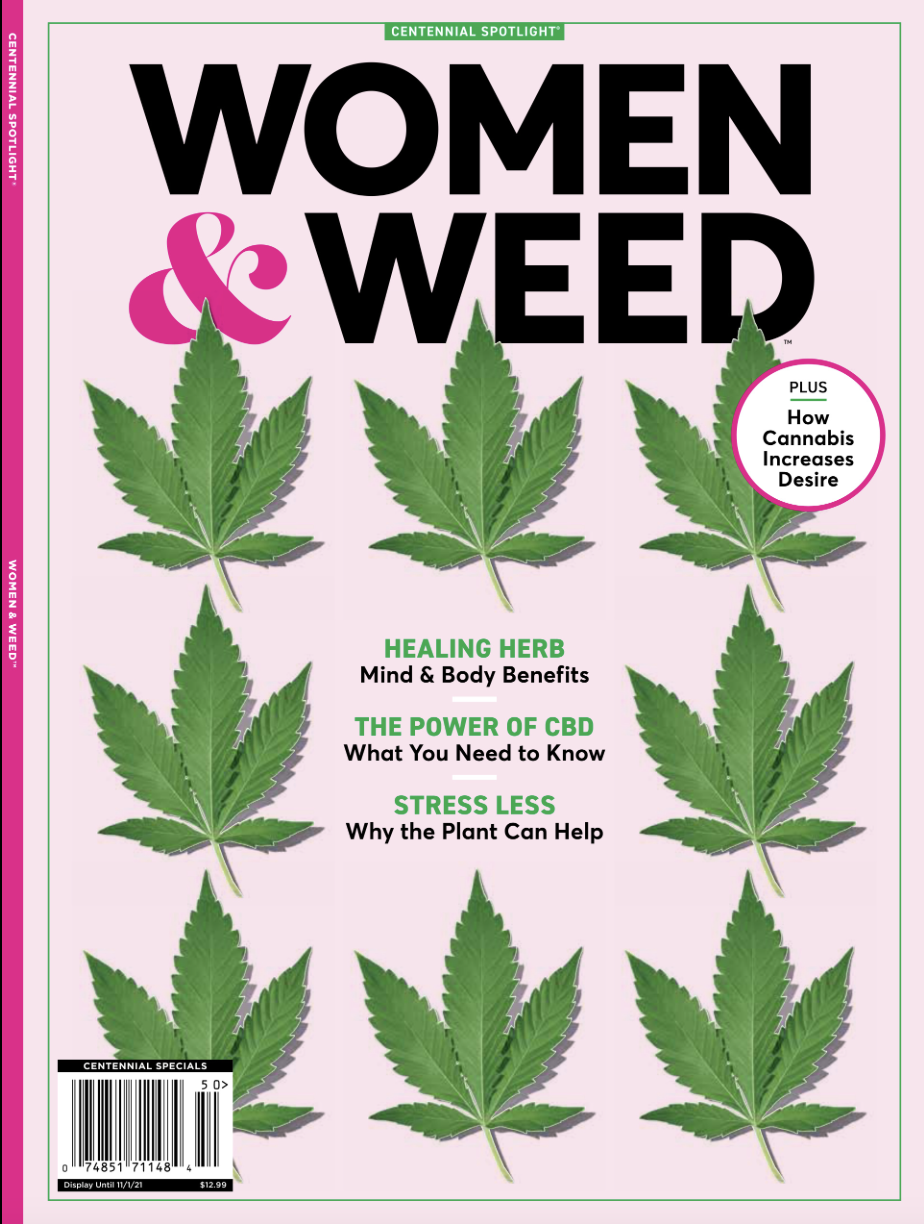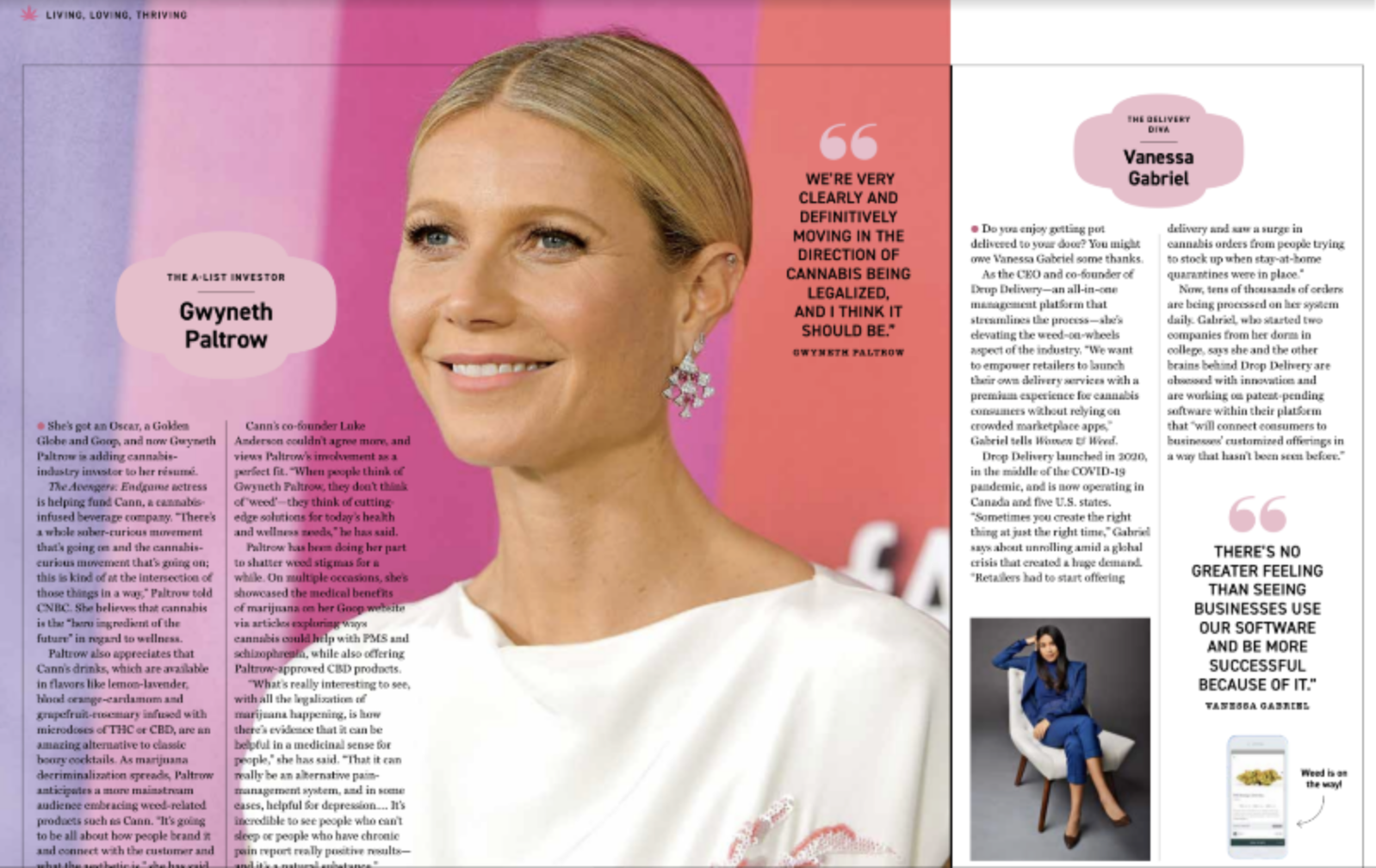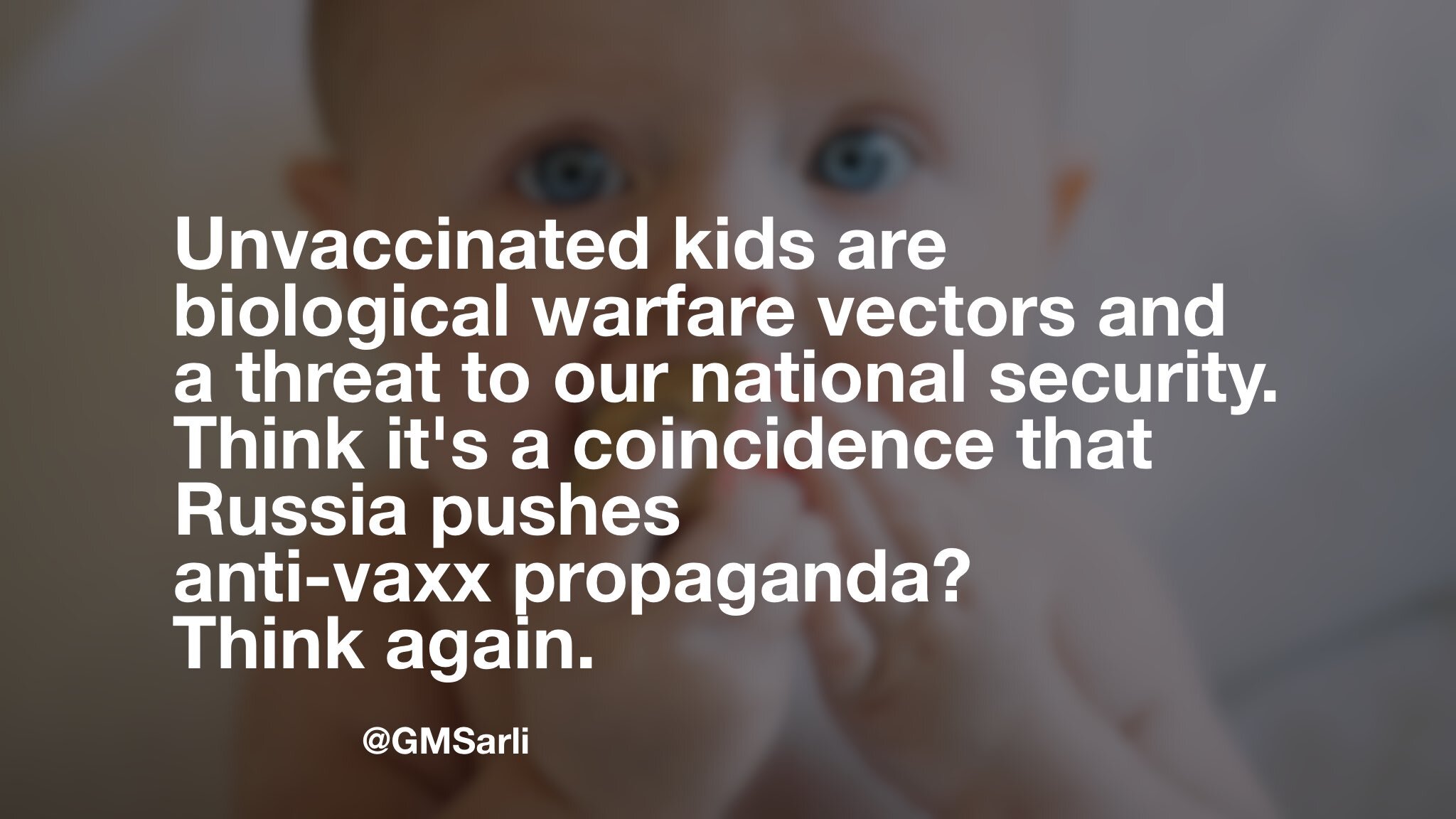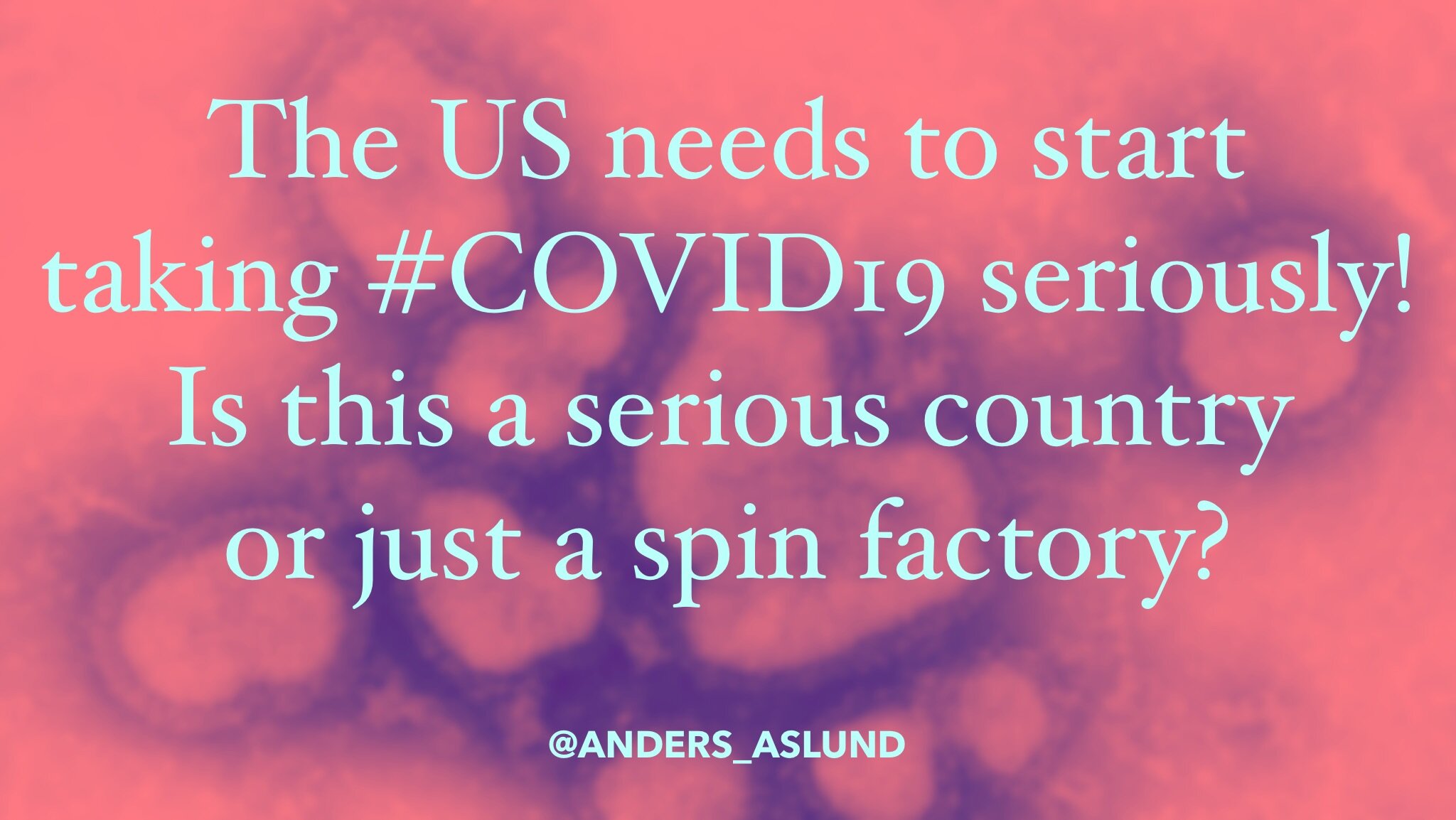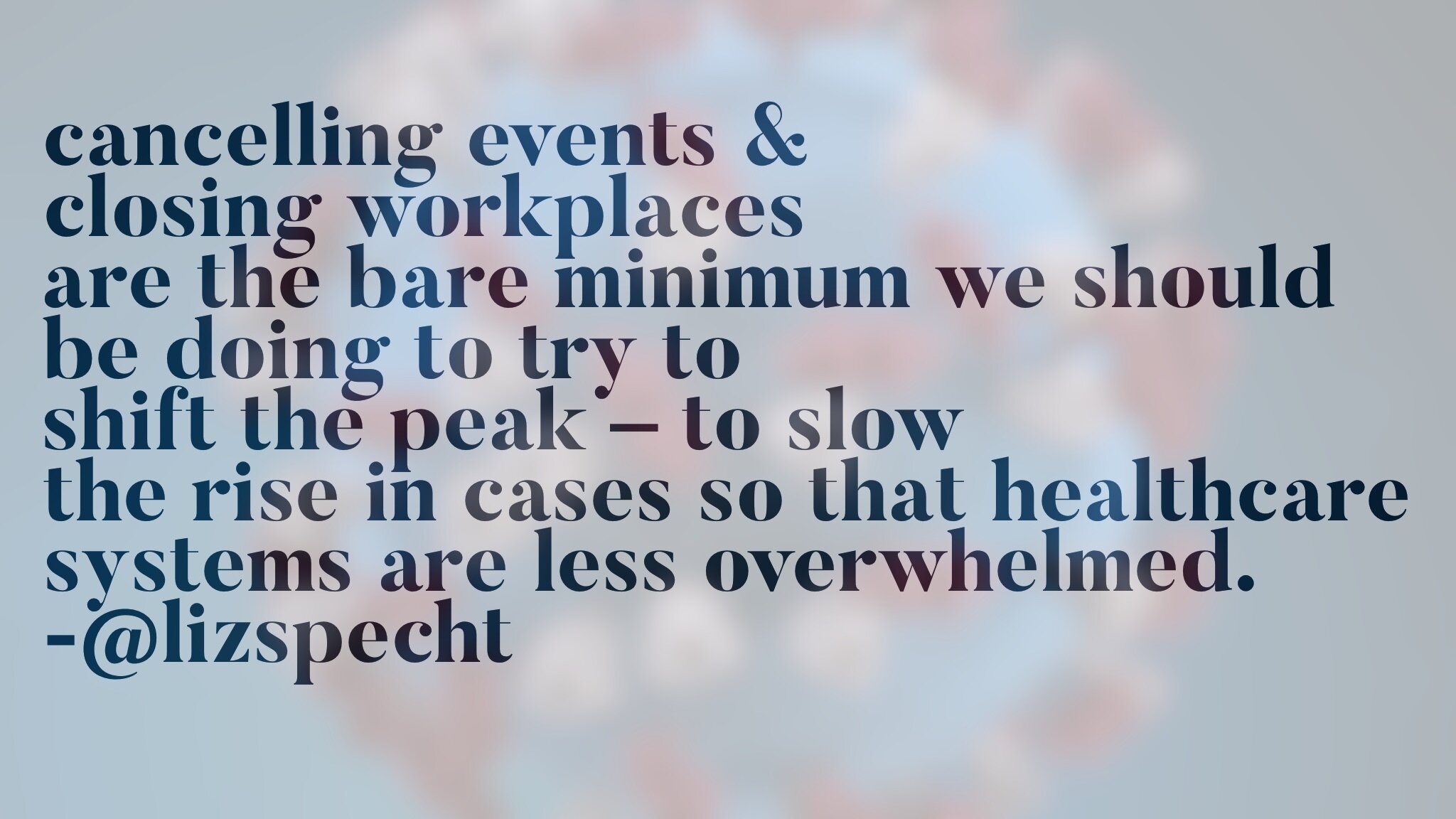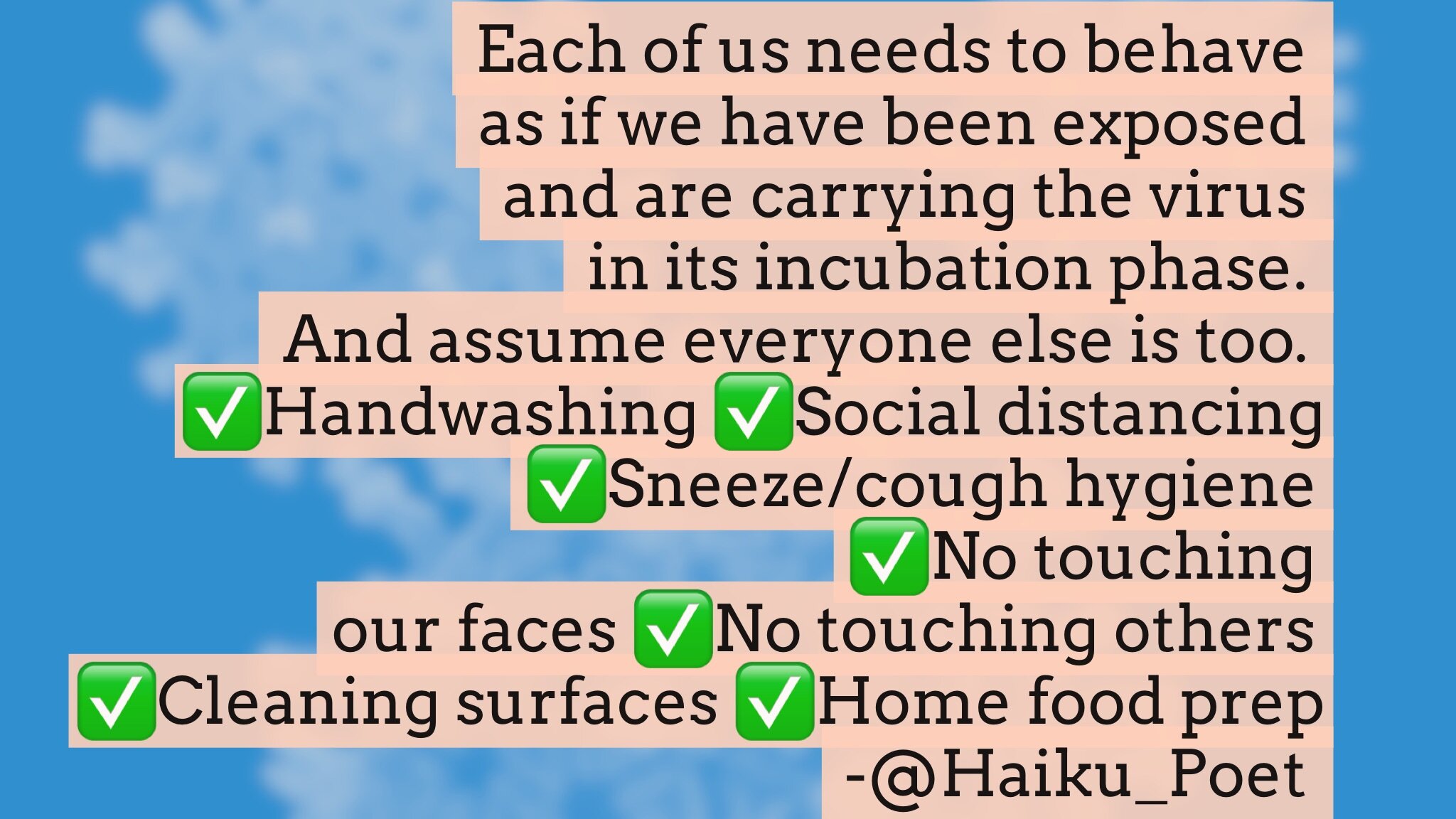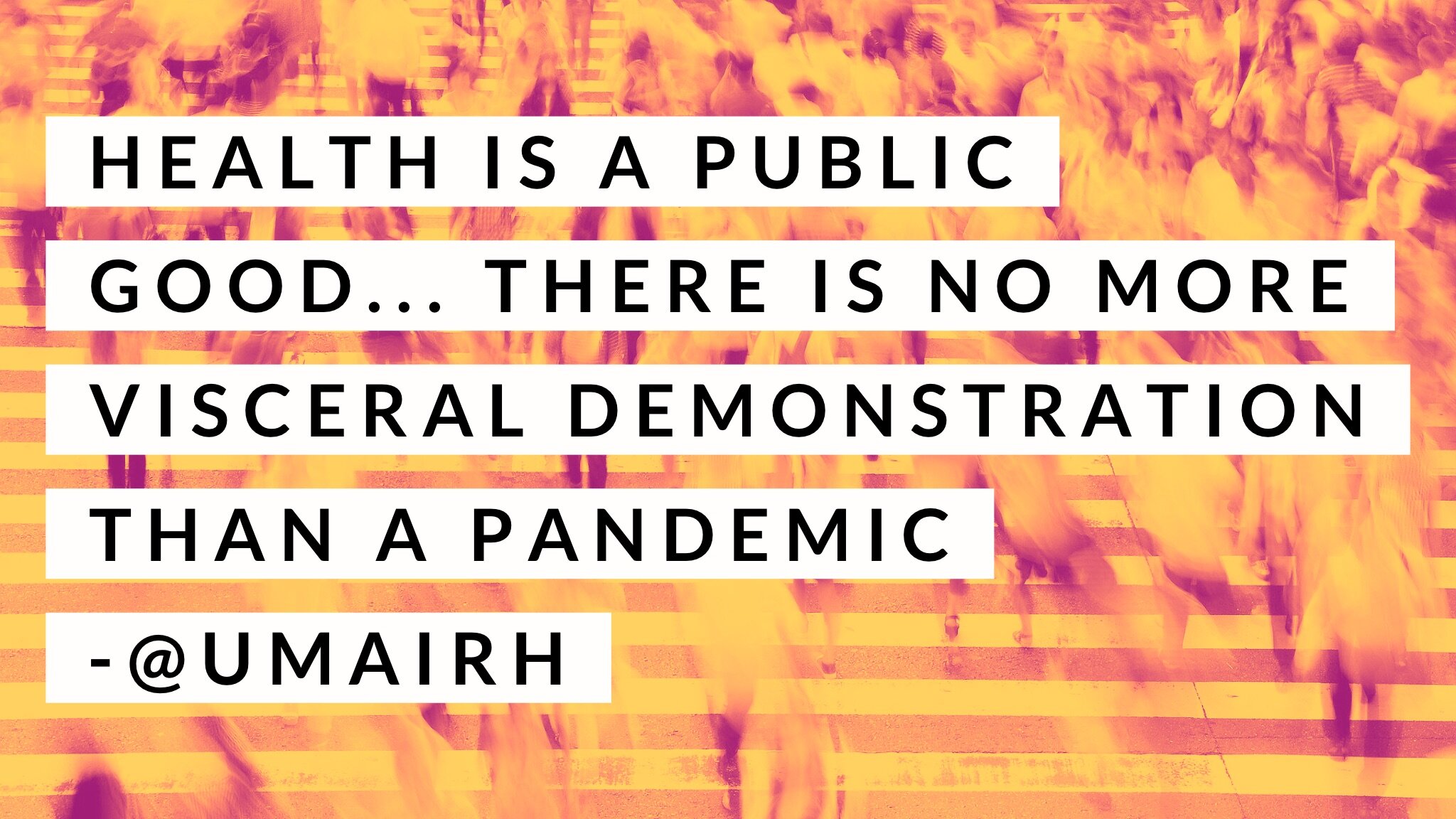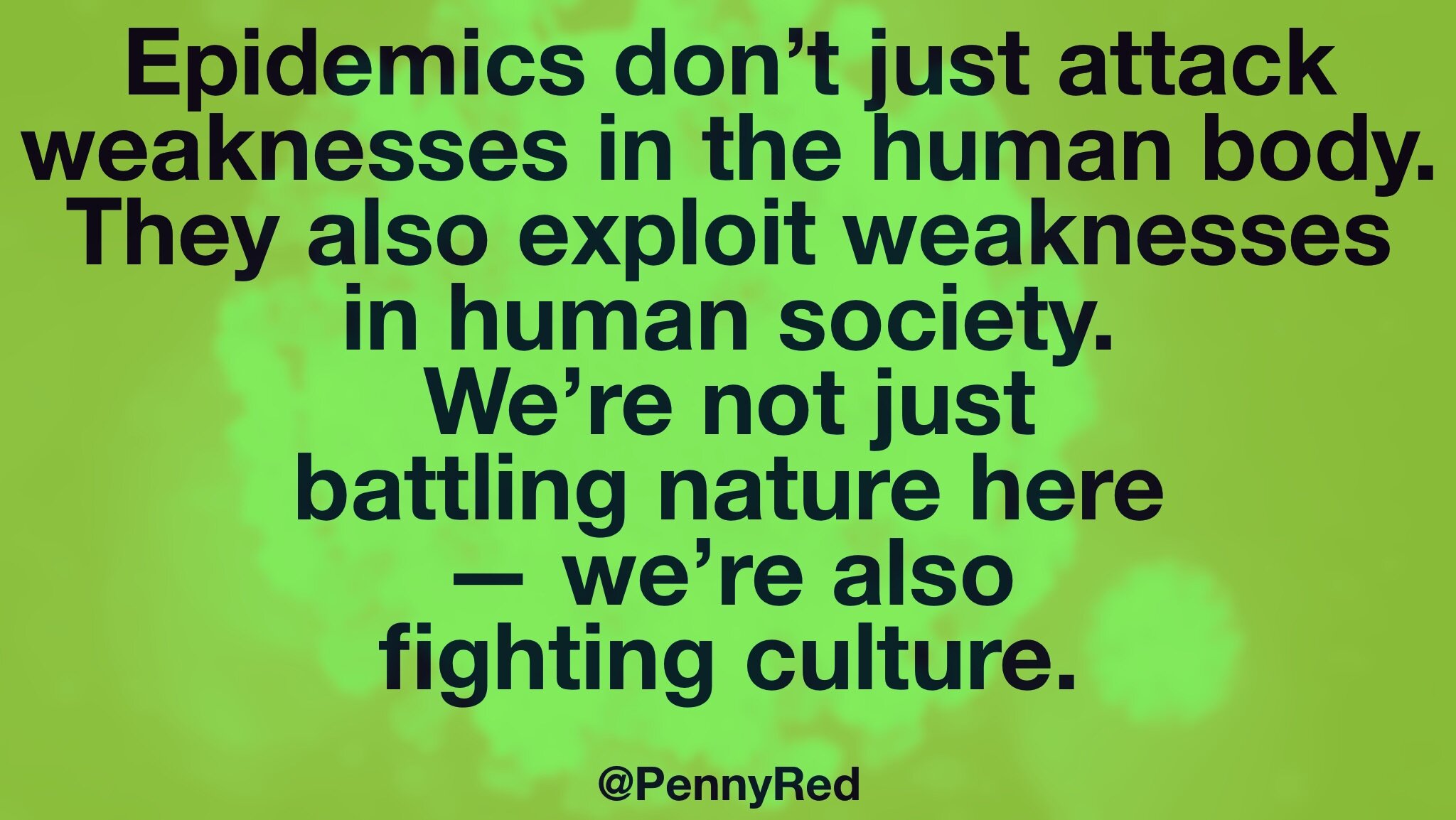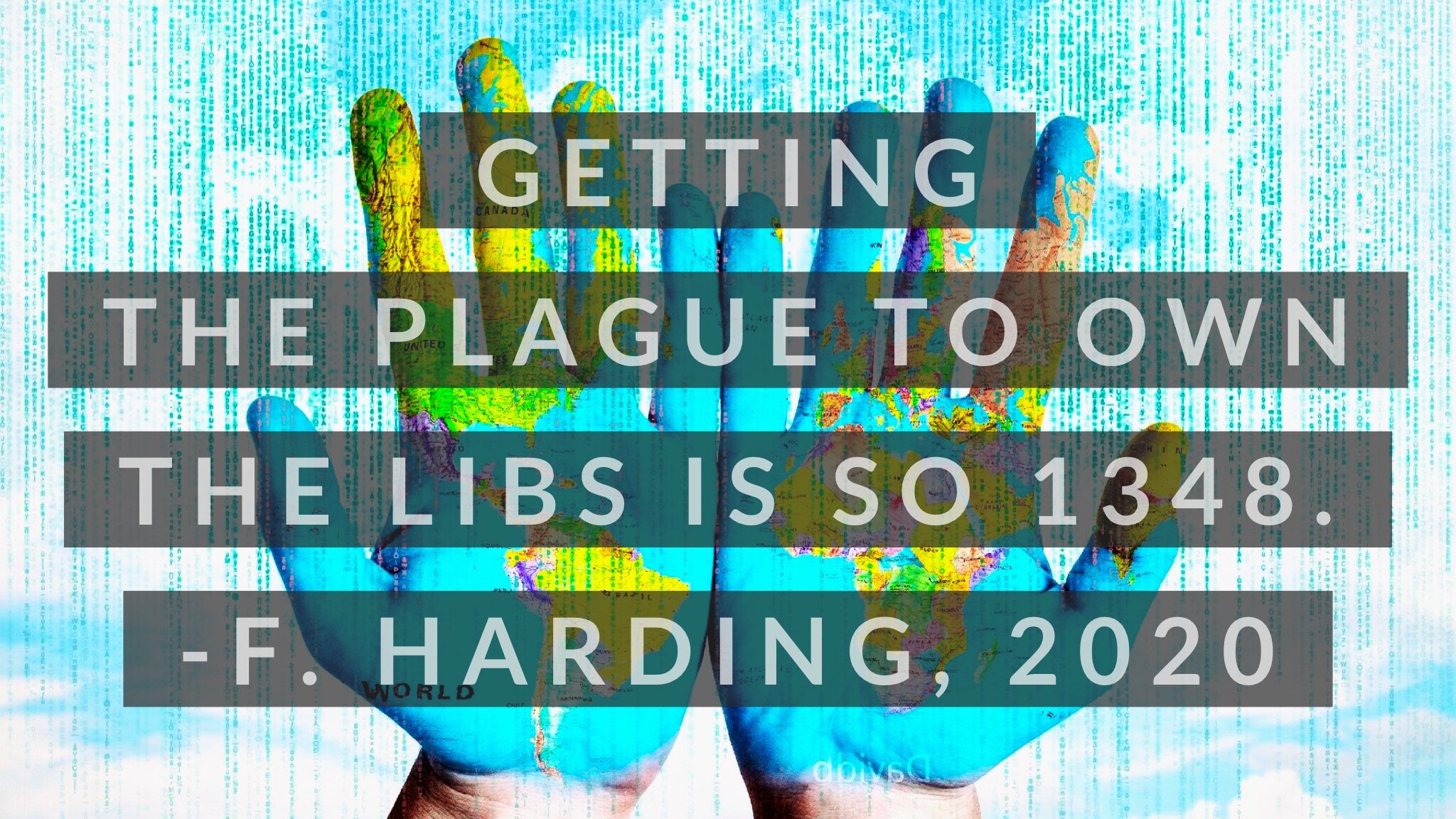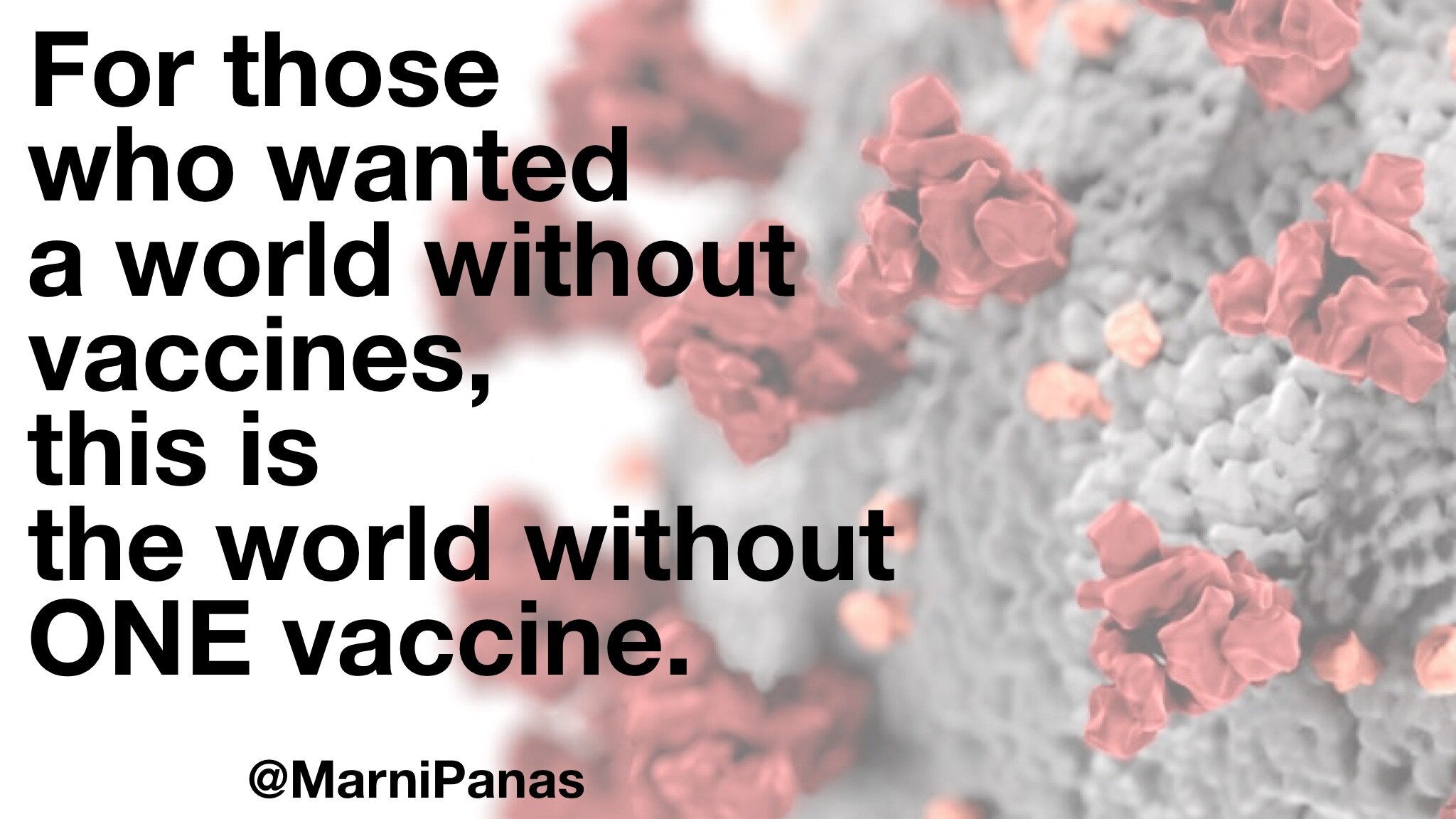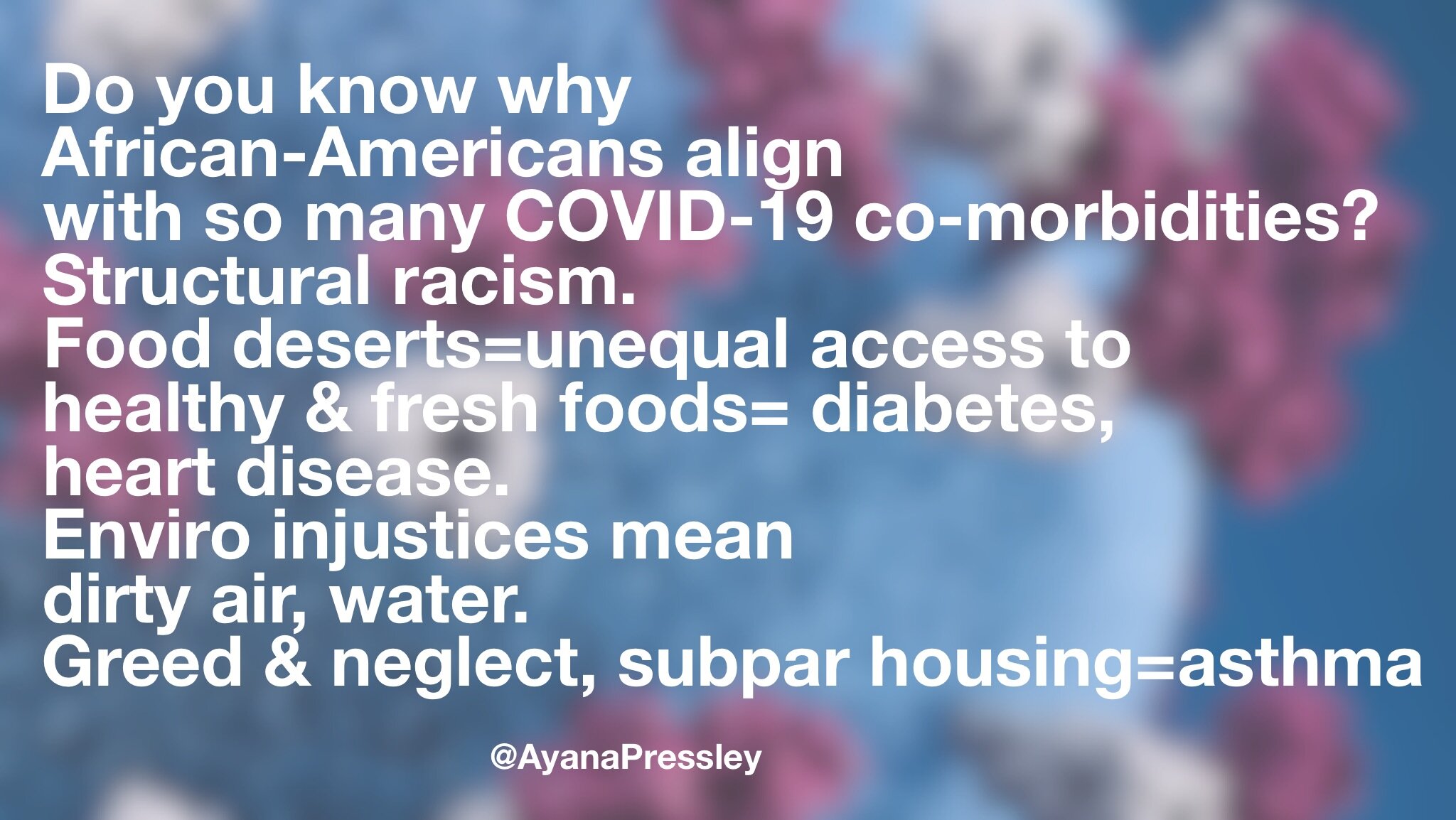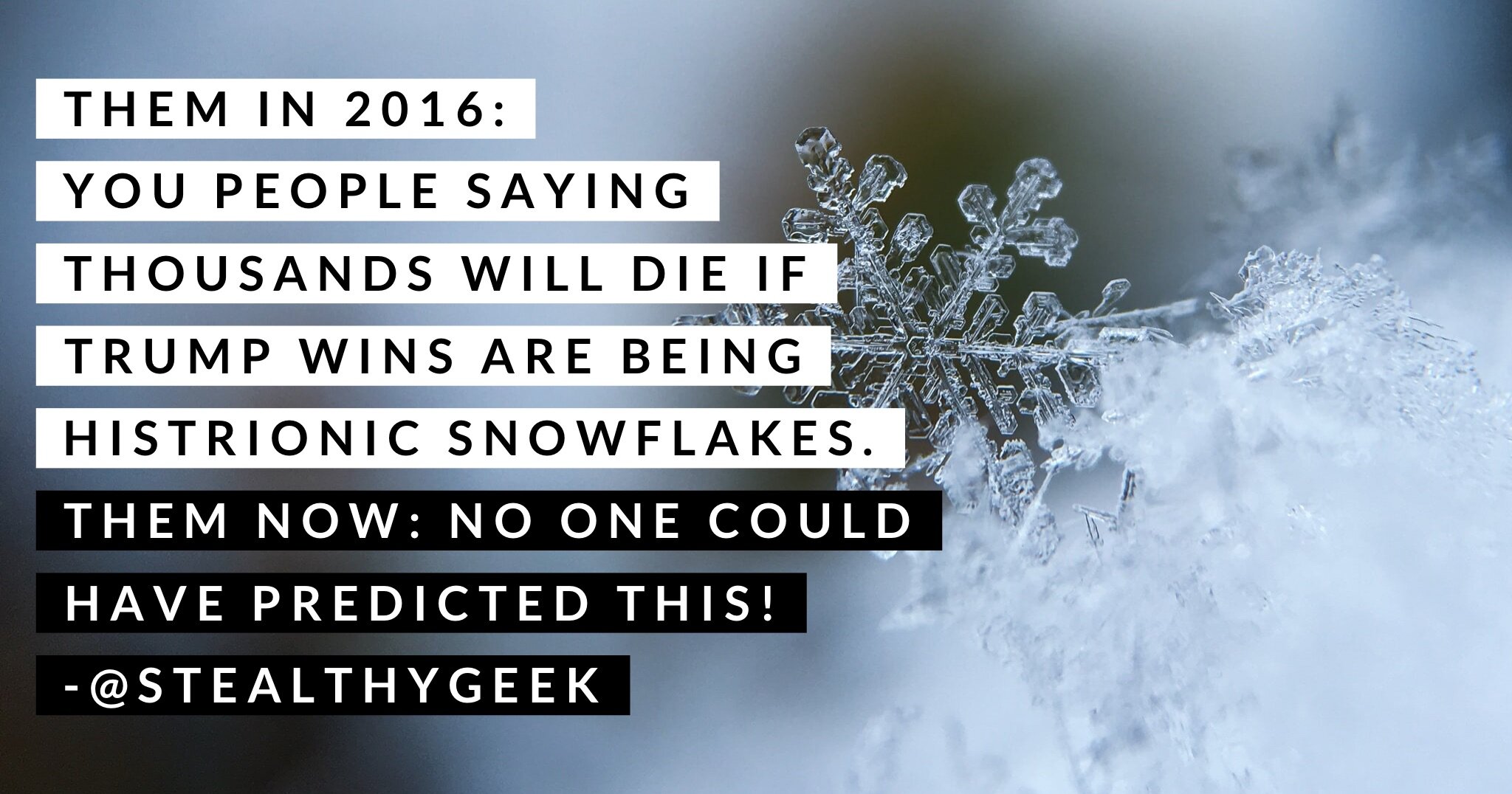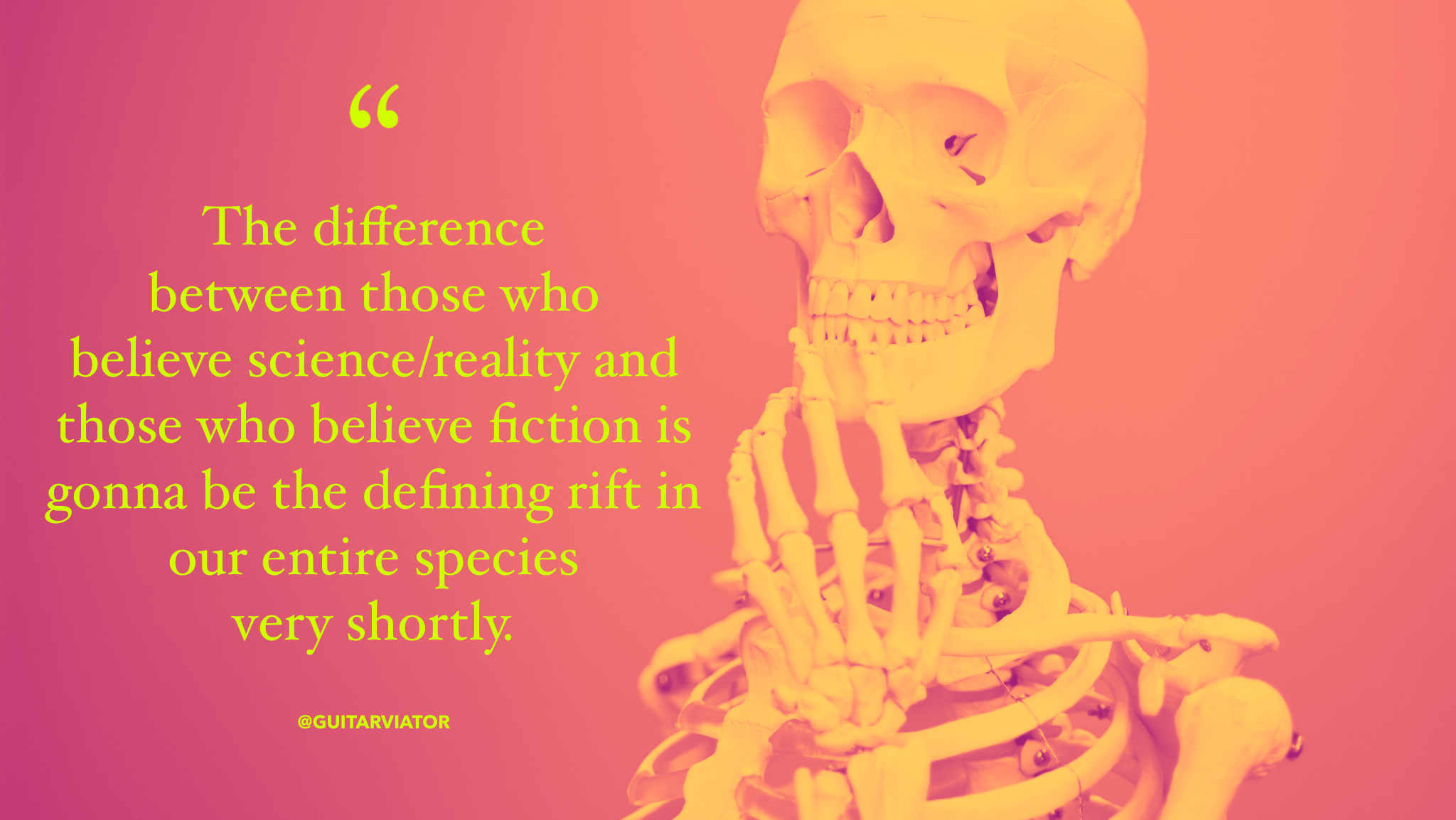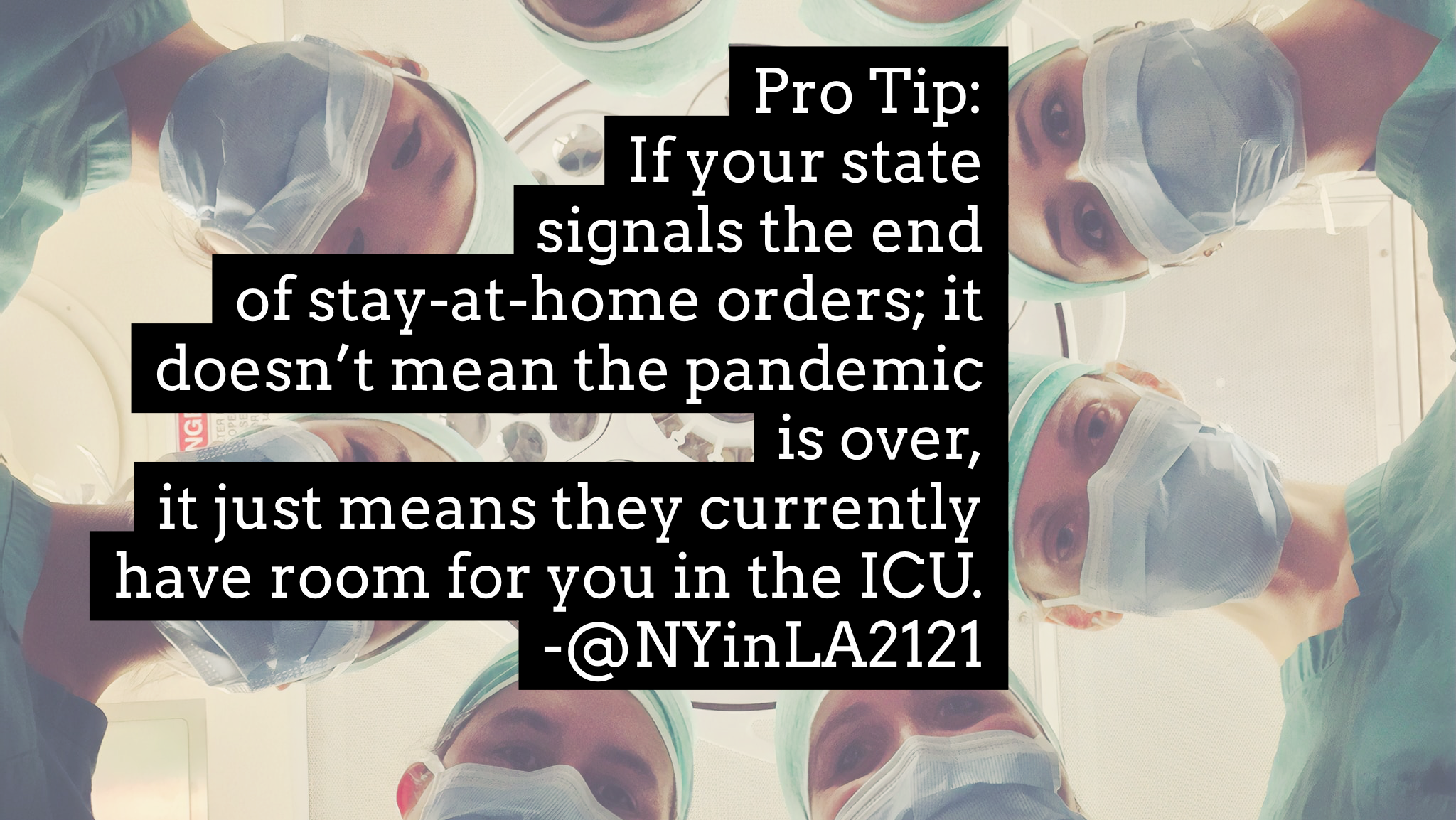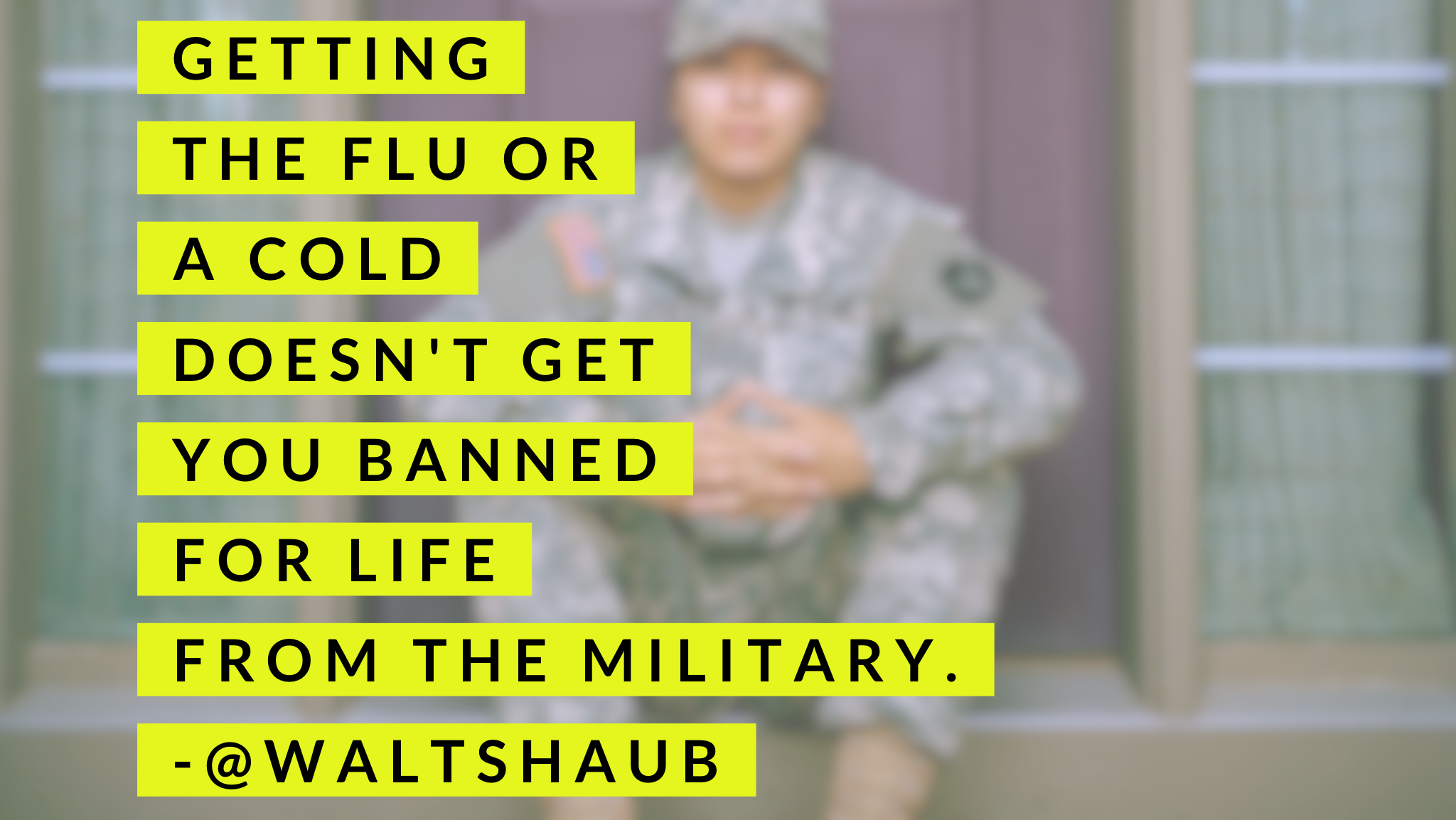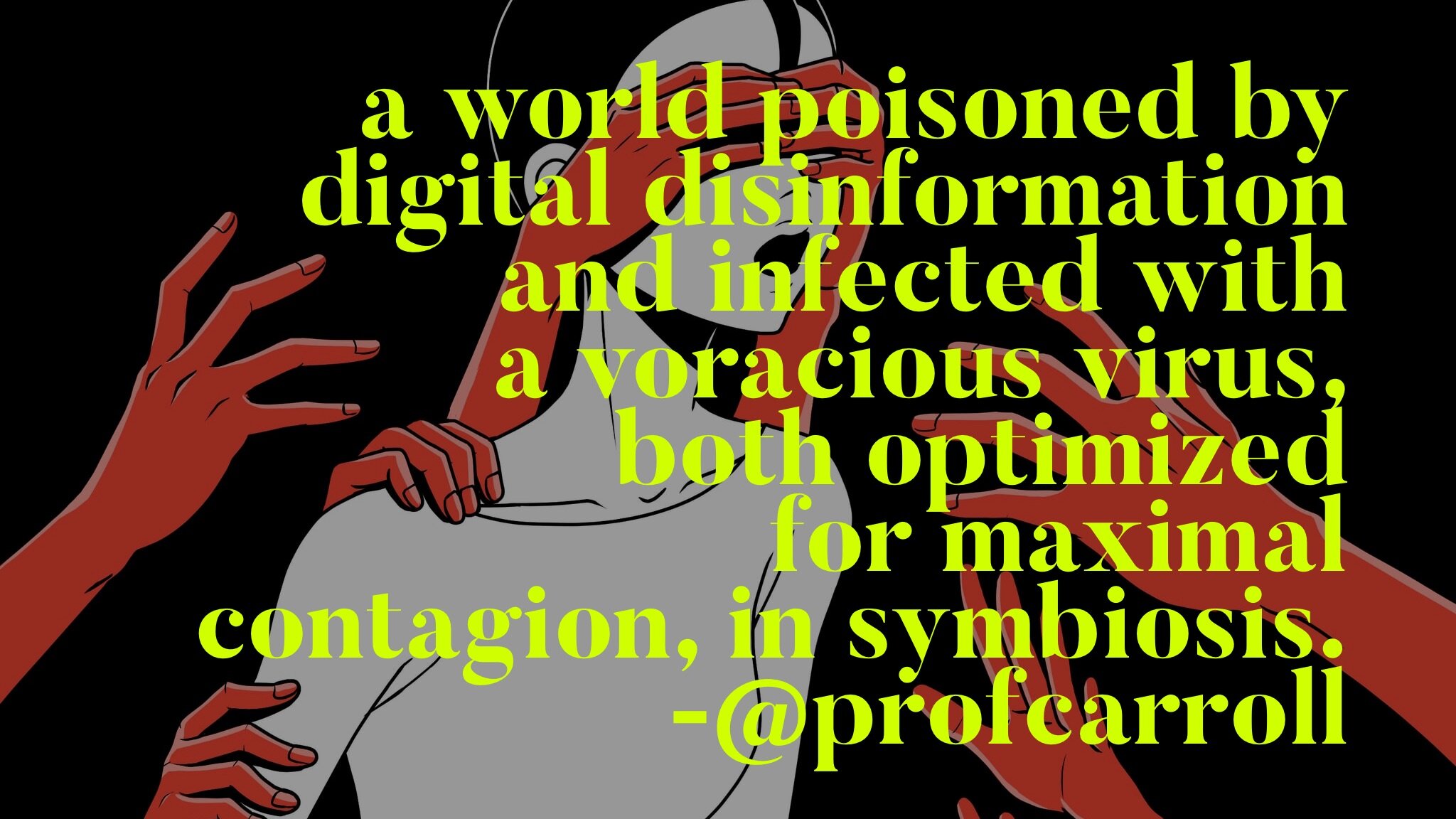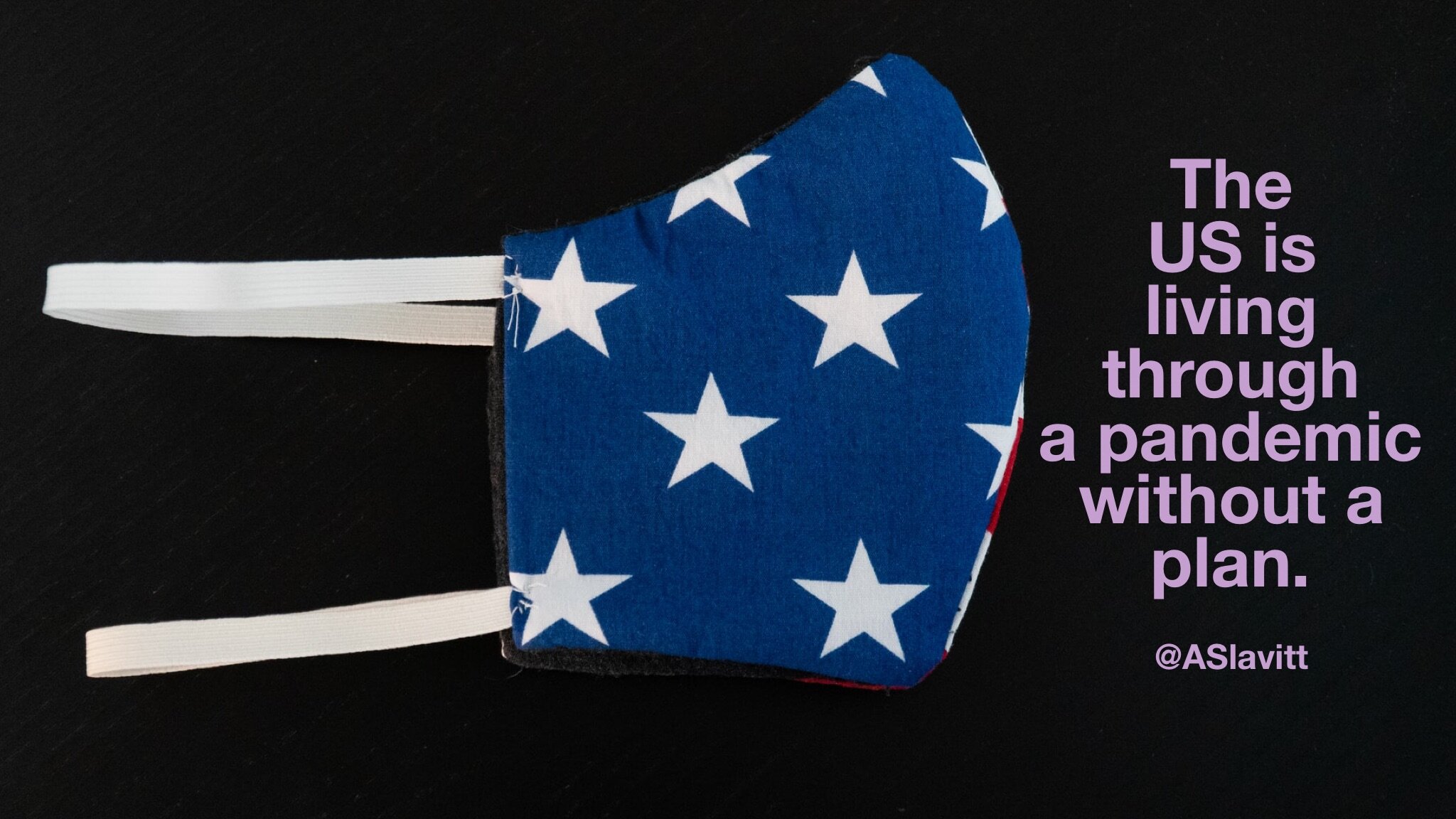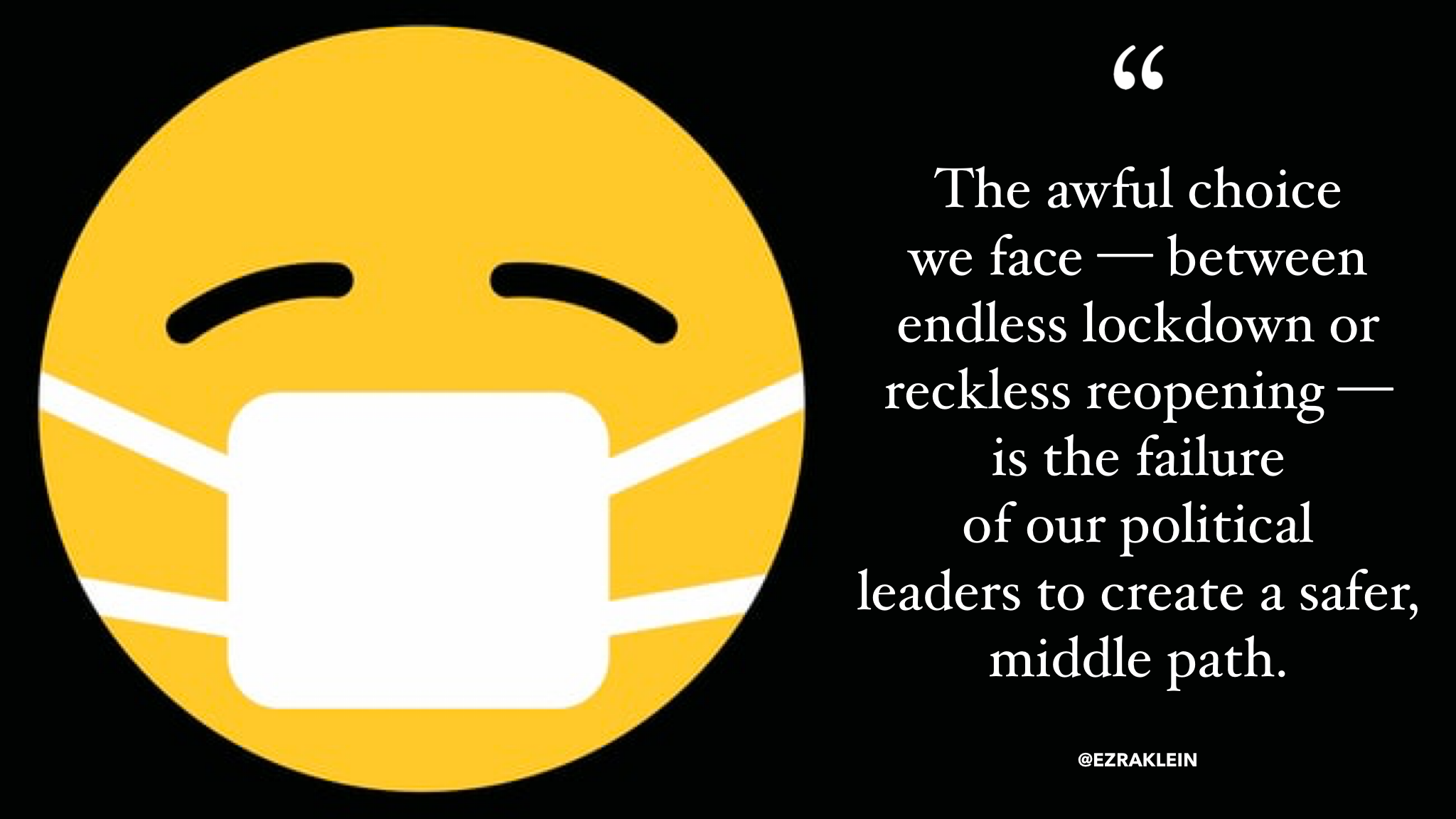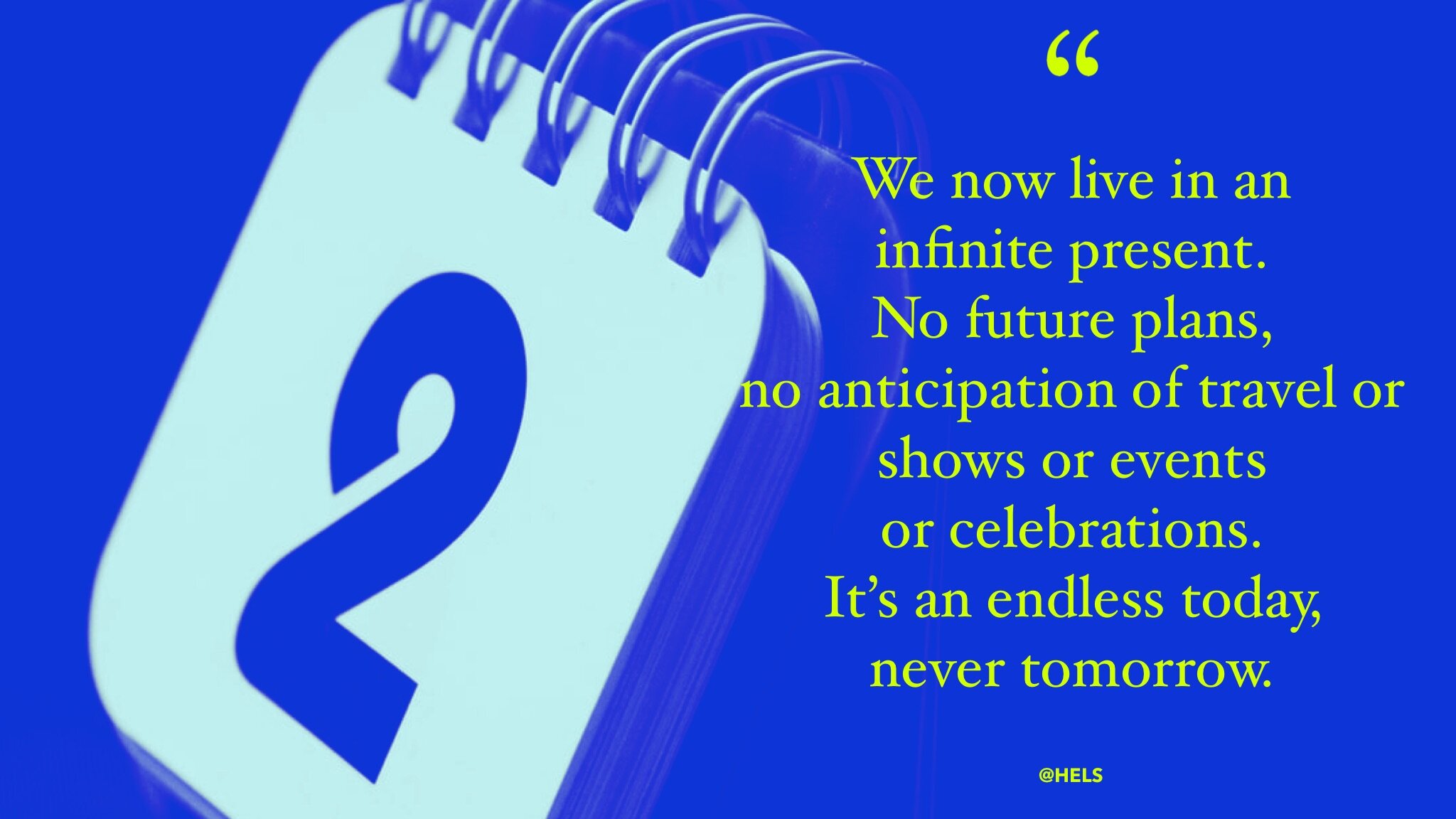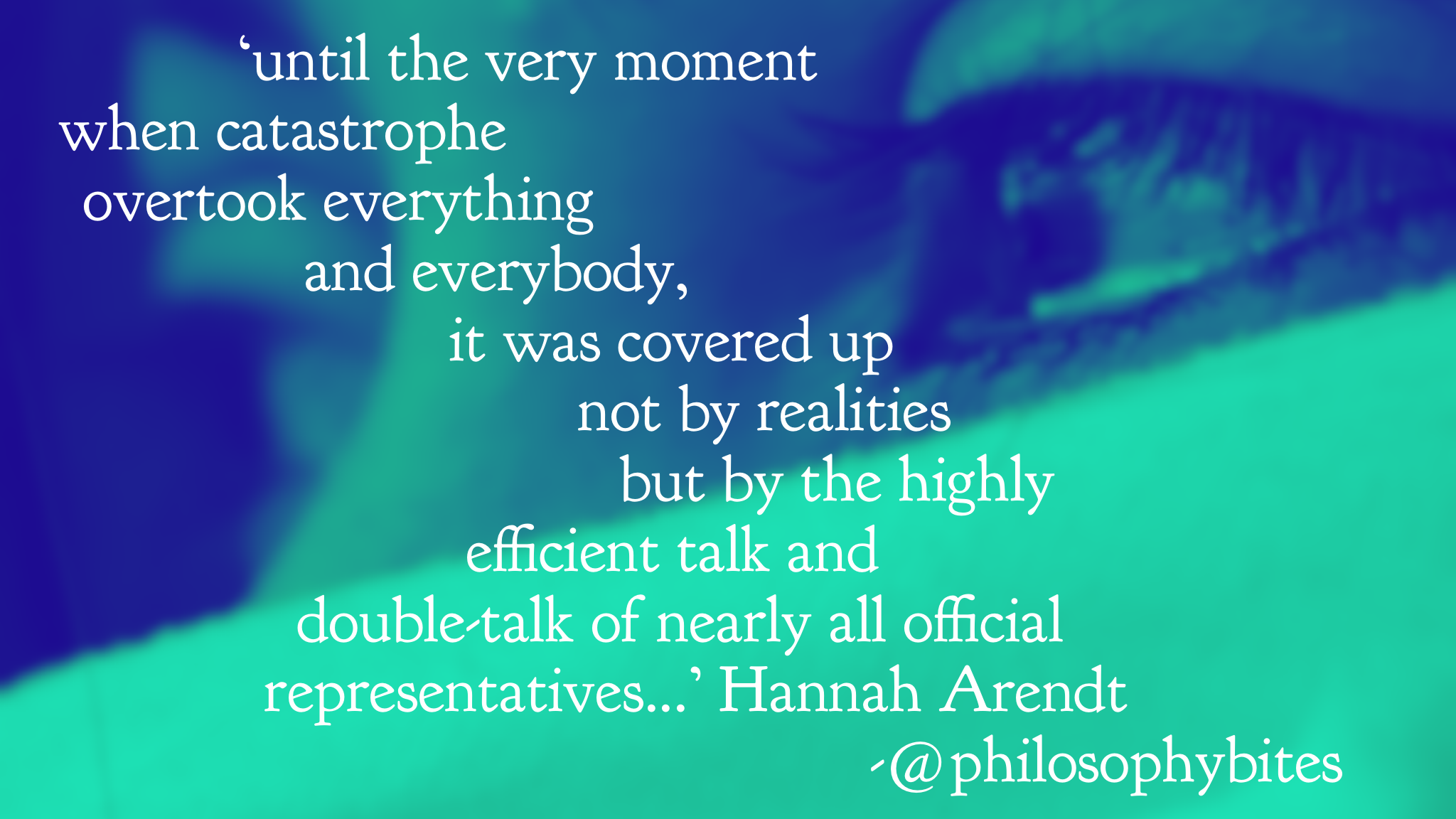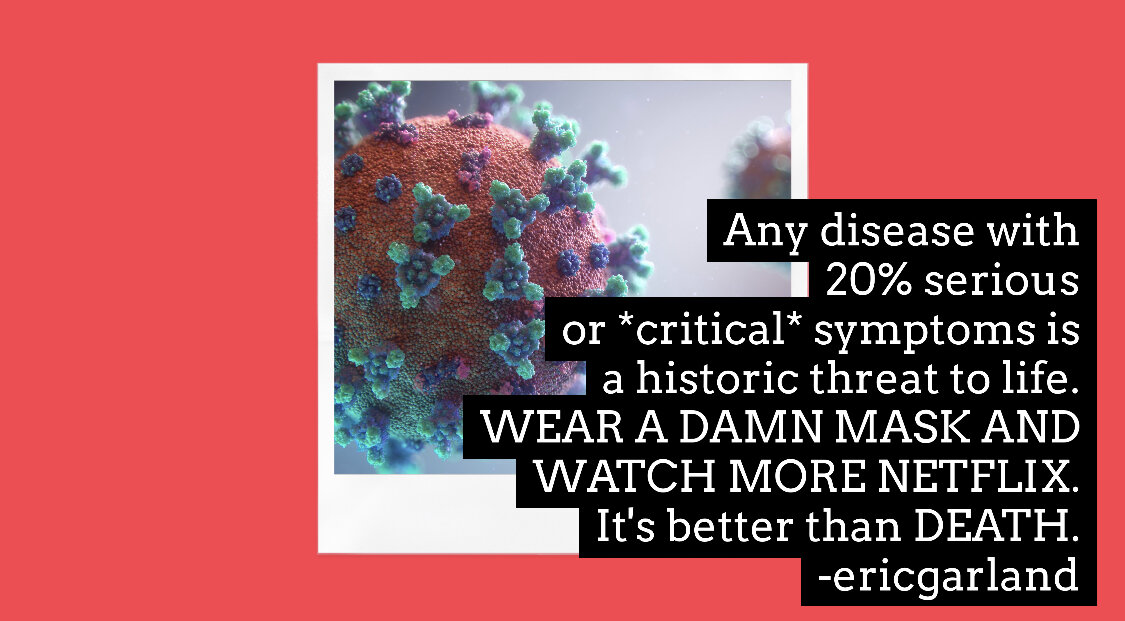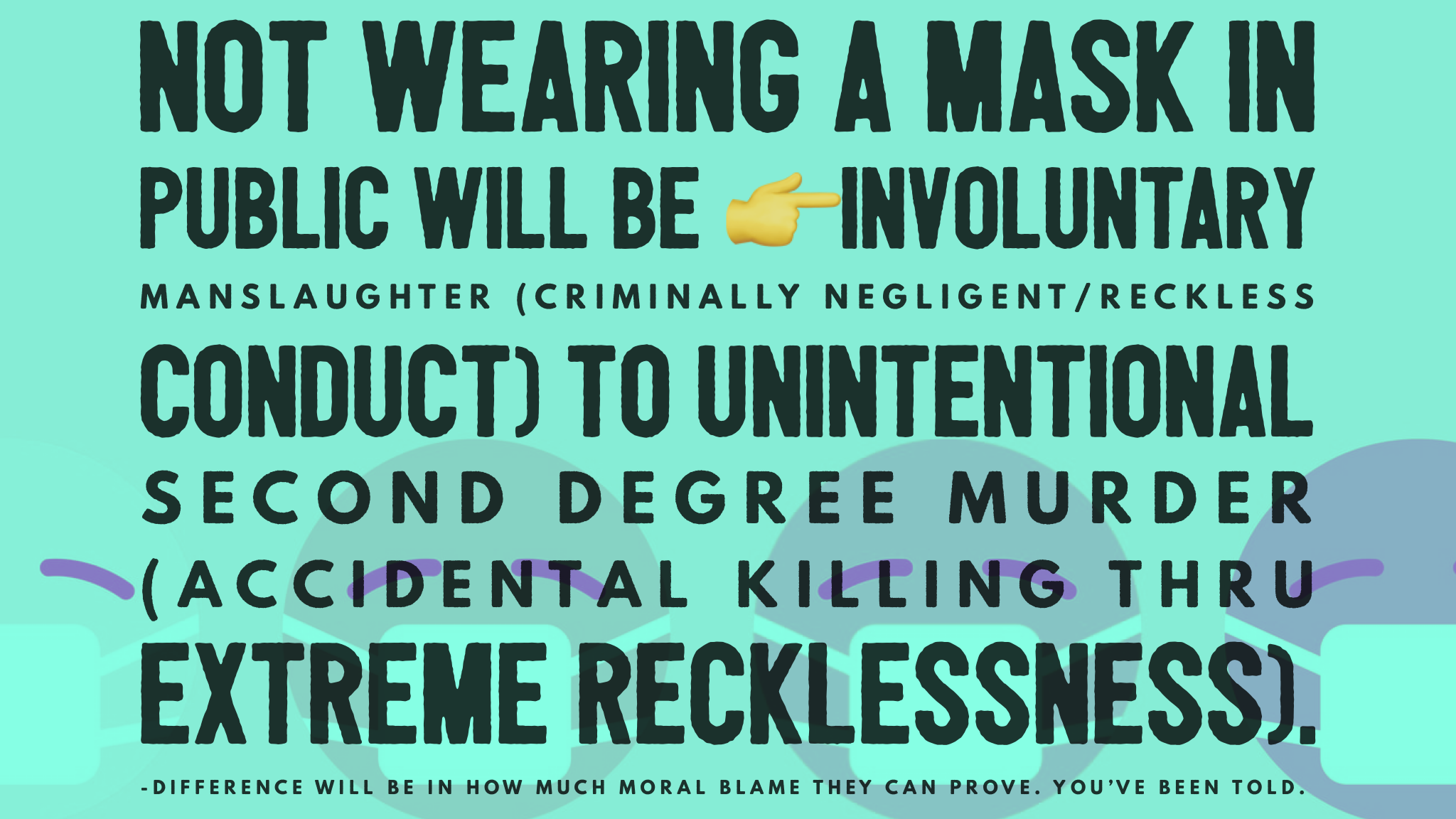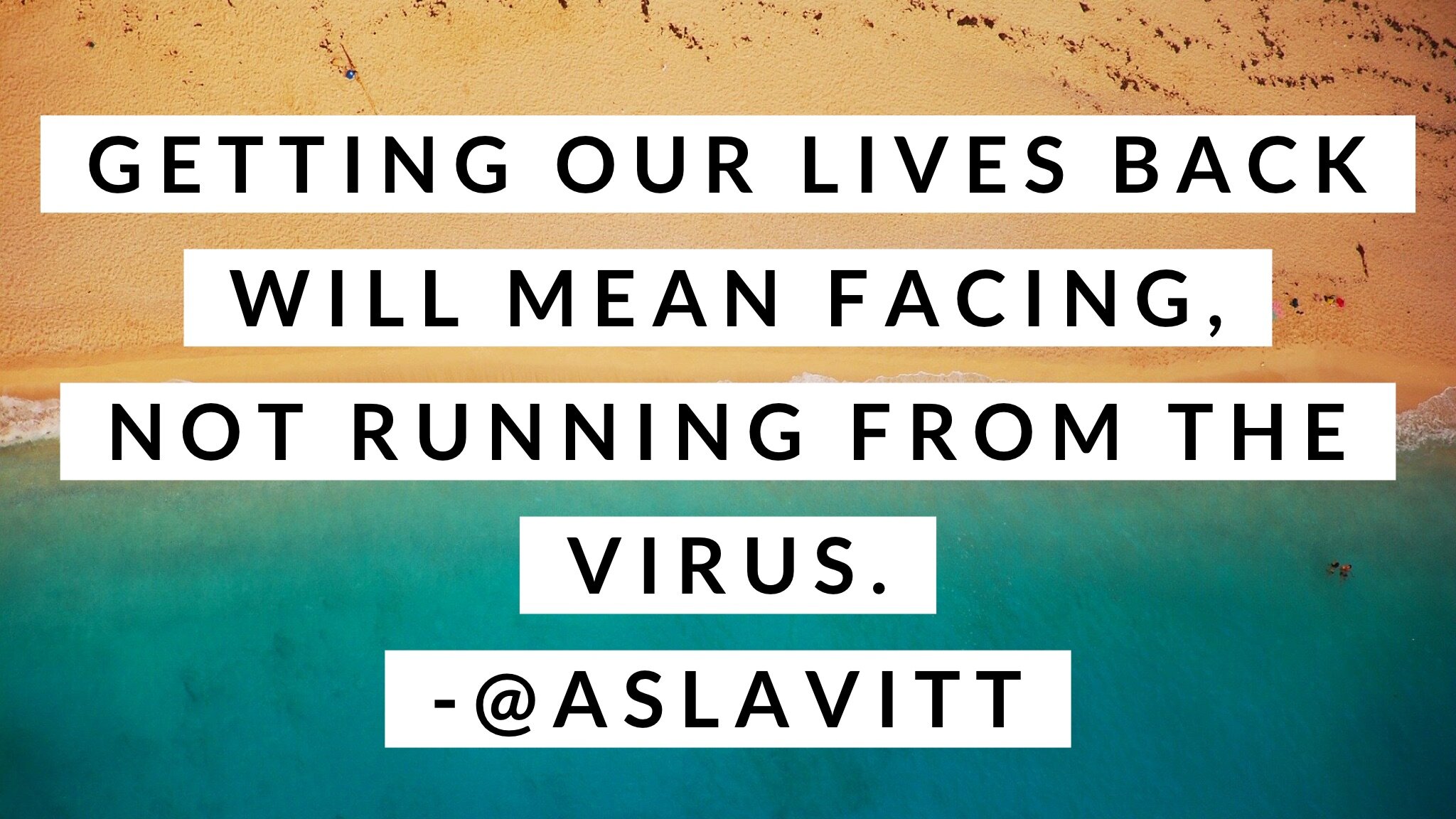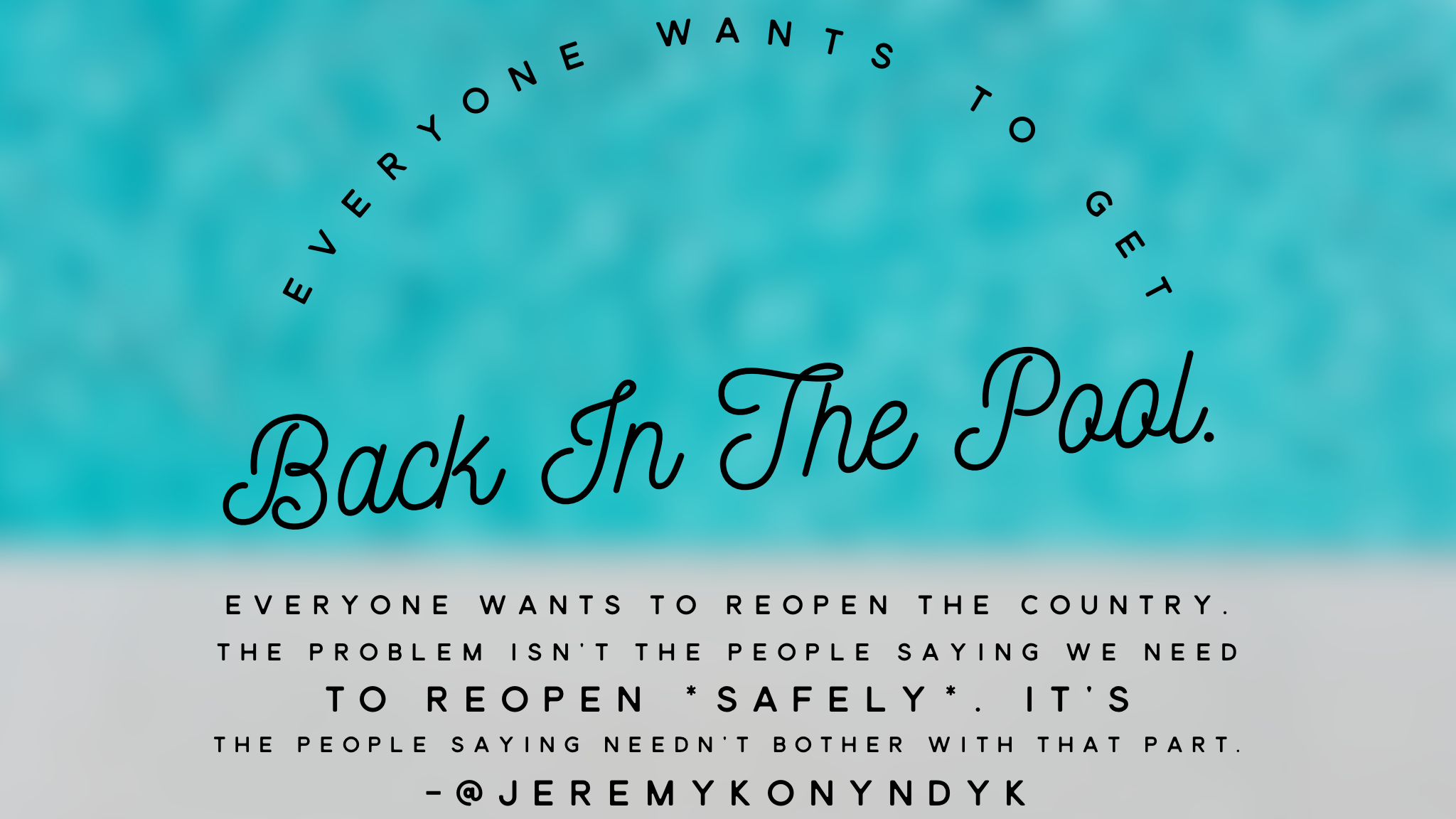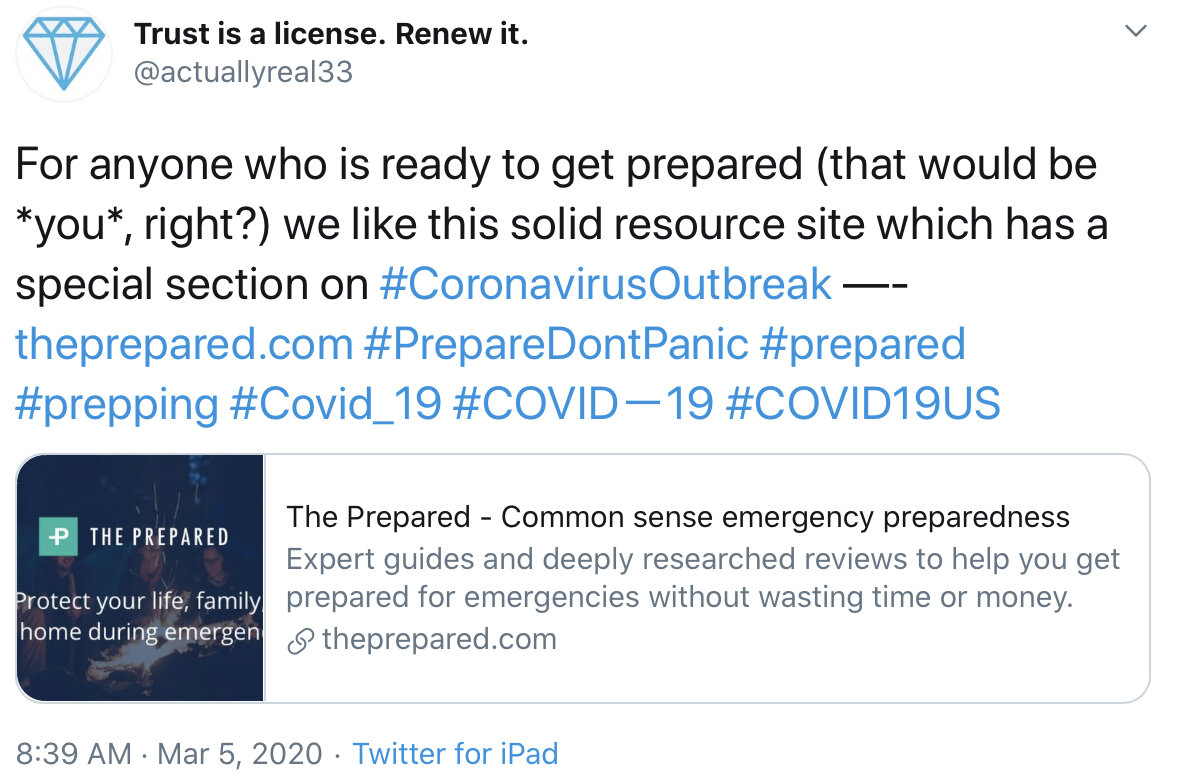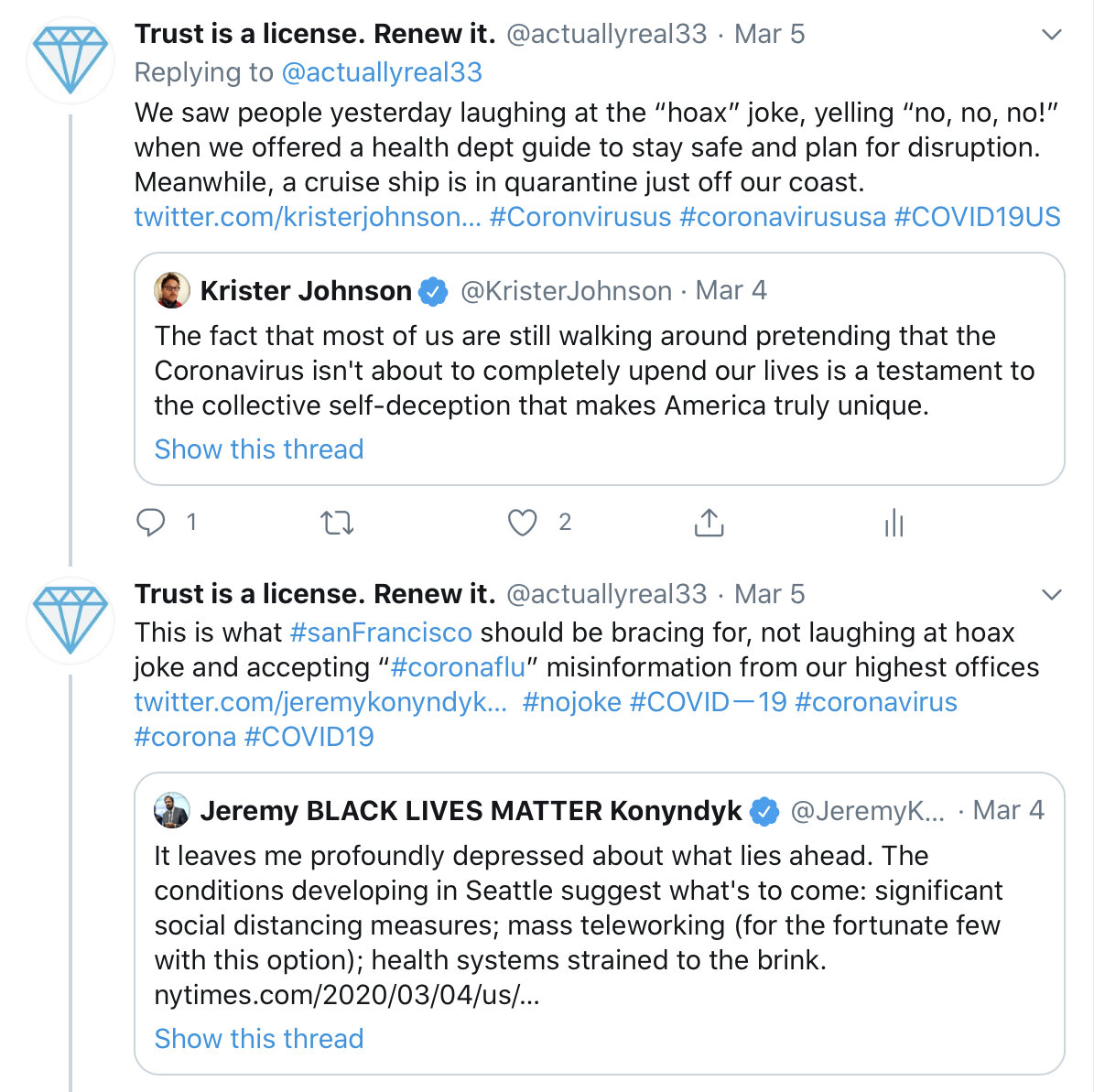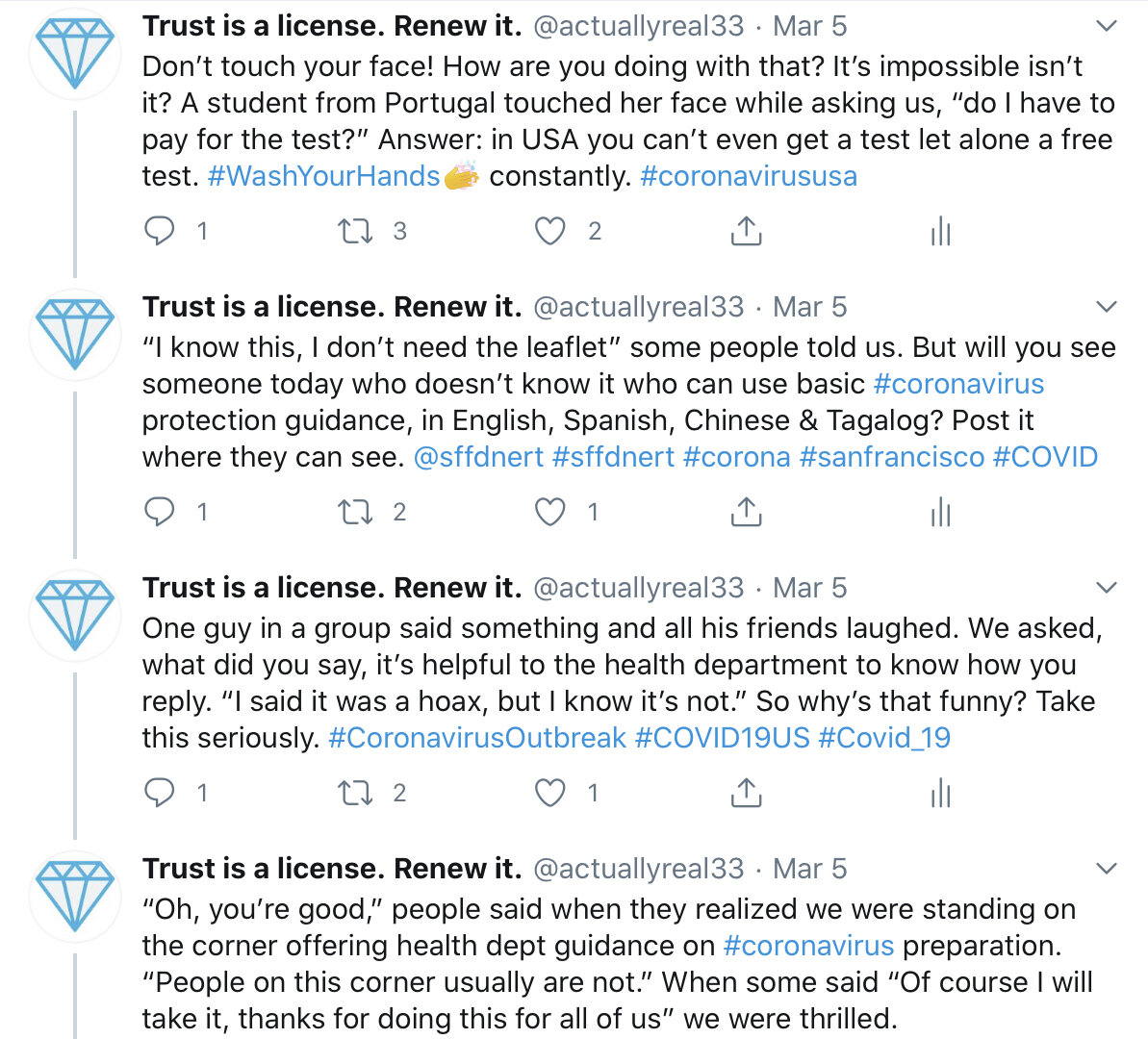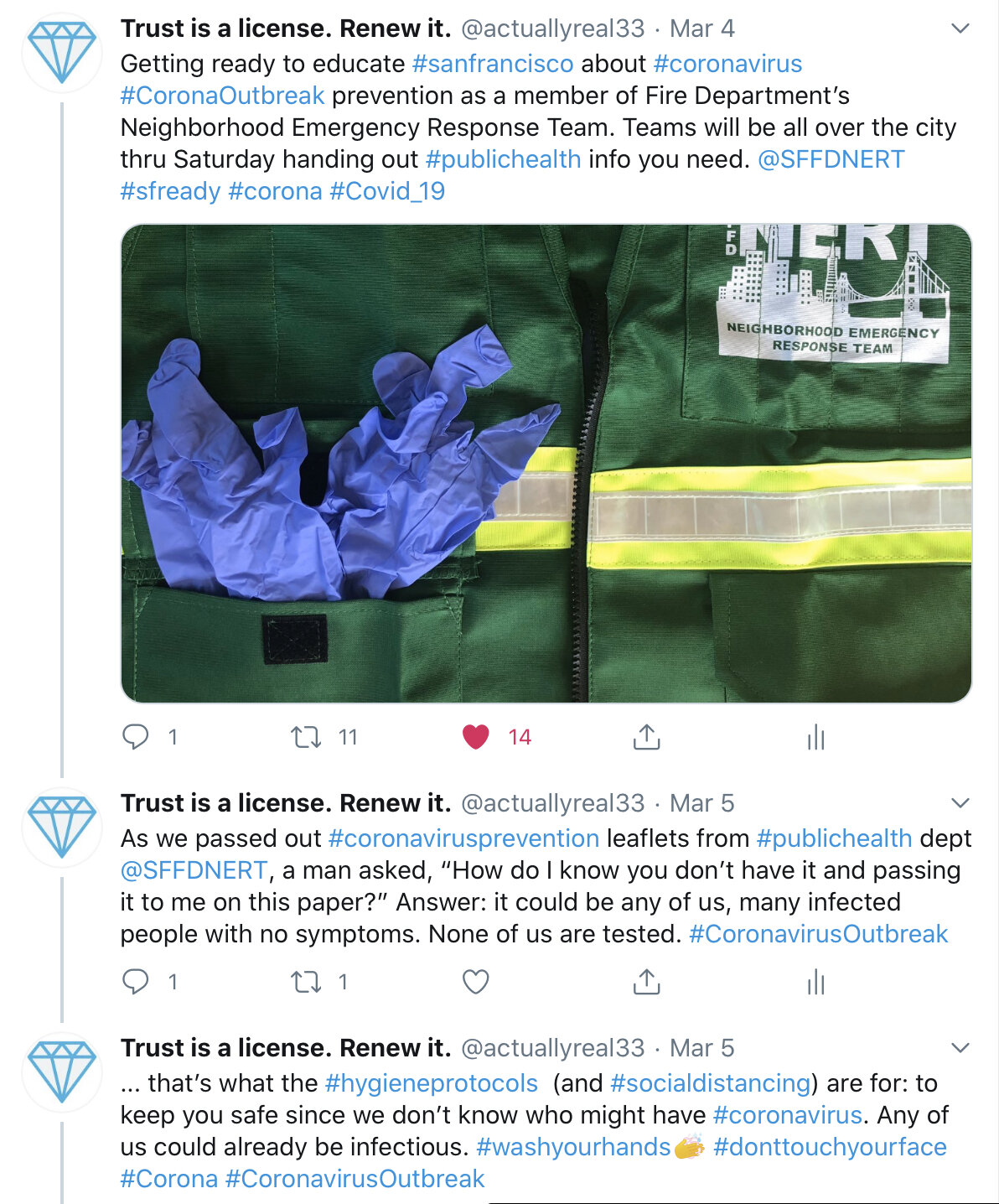When you find yourself tweeting/retweeting like I did this morning the very real evidence of civilizational collapse all around us, maybe it’s time to do something different with those minutes and hours and days.
Today I closed my last Xitter account after 17 years of daily use.
SEVENTEEN YEARS!
I’ve had a few accounts, but this was the holdout account and it’s formed the content of my KIP sensemaking framework for the past five years. (That’s okay, it’s just the end of a chapter since the framework and the data still exist and can used, and await other editors, curators, contributors, and researchers.)
Closing this particular social media account and ending my association with that platform is a great loss for me since it’s been my lifeline. I’ve just closed the channel of the best news and opinion I’ve ever enjoyed with carefully vetted powerhouse lists and follows of the best civic participators and my custom search and consumption practices that have consistently generated sharp, expert, early insights into current events.
It was my lifeline to the best news and opinion I’ve ever enjoyed due to my carefully vetted powerhouse lists, follows, and my custom search and consumption practices that have consistently generated sharp, expert, early insights into current events.
I’ll just head over to LInkedin…where I see we’ve breached 7 of 9 planetary boundaries, we’re past the point of national-scale mitigation. The dire immensity of this moment is a lot to take in.
However I’m eager to partake in the different pursuits that open up for me with the new-found time and attention. Especially because community resilience, local survival plans, and protecting each other is the only way forward.










